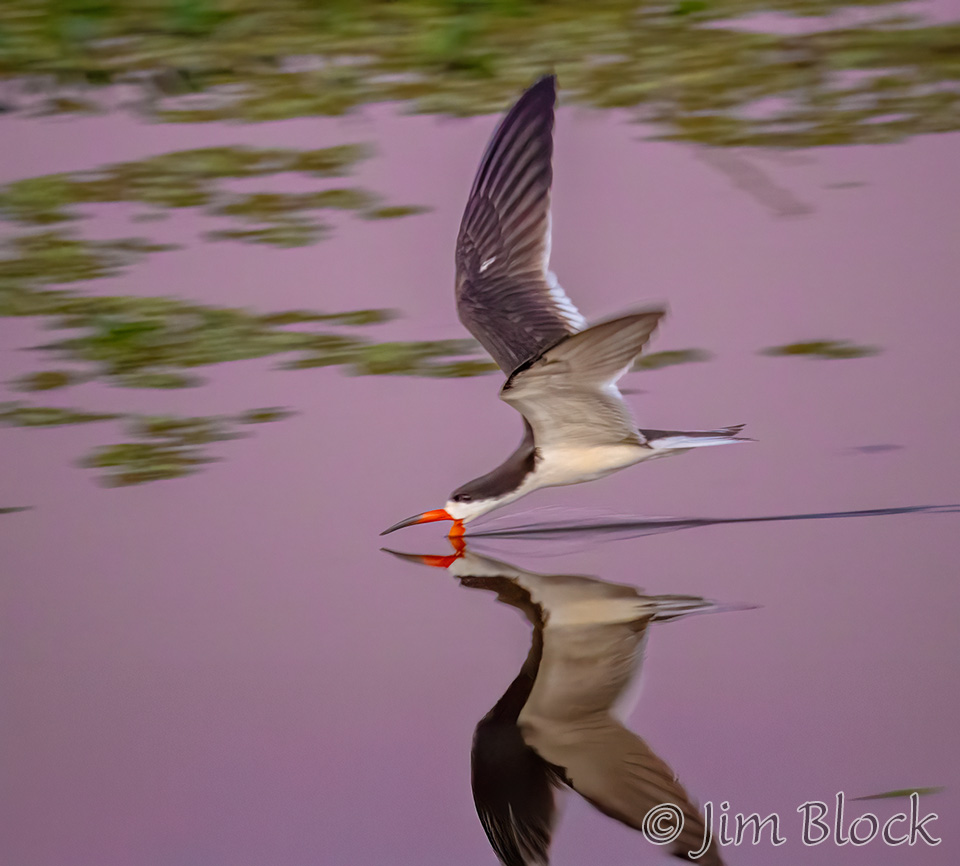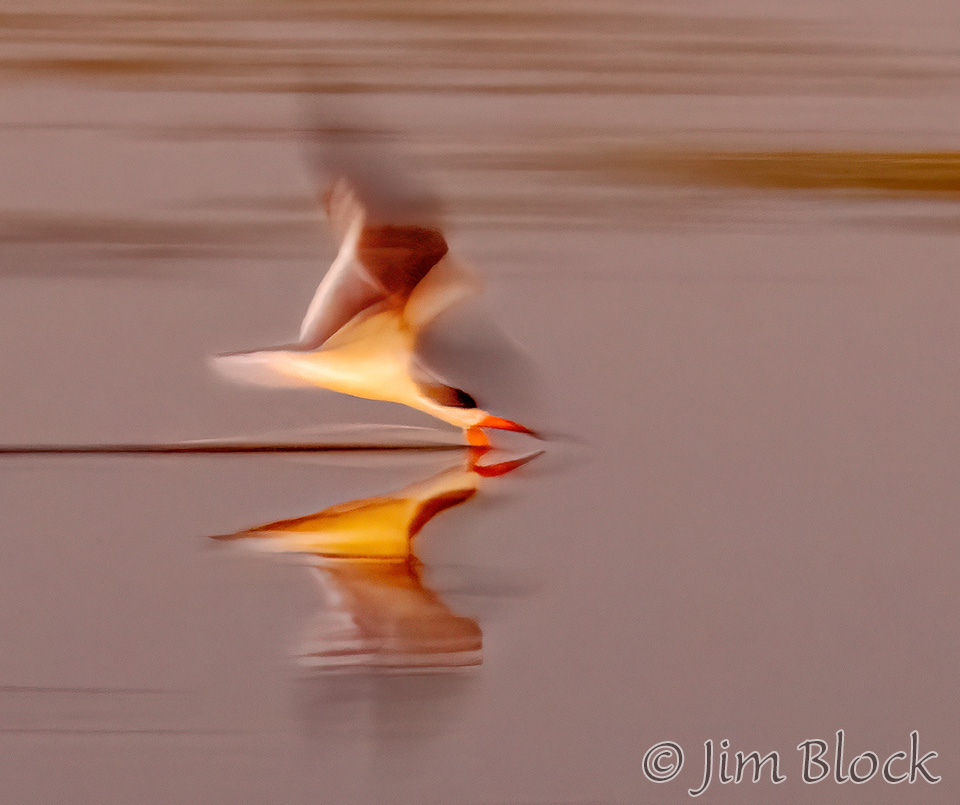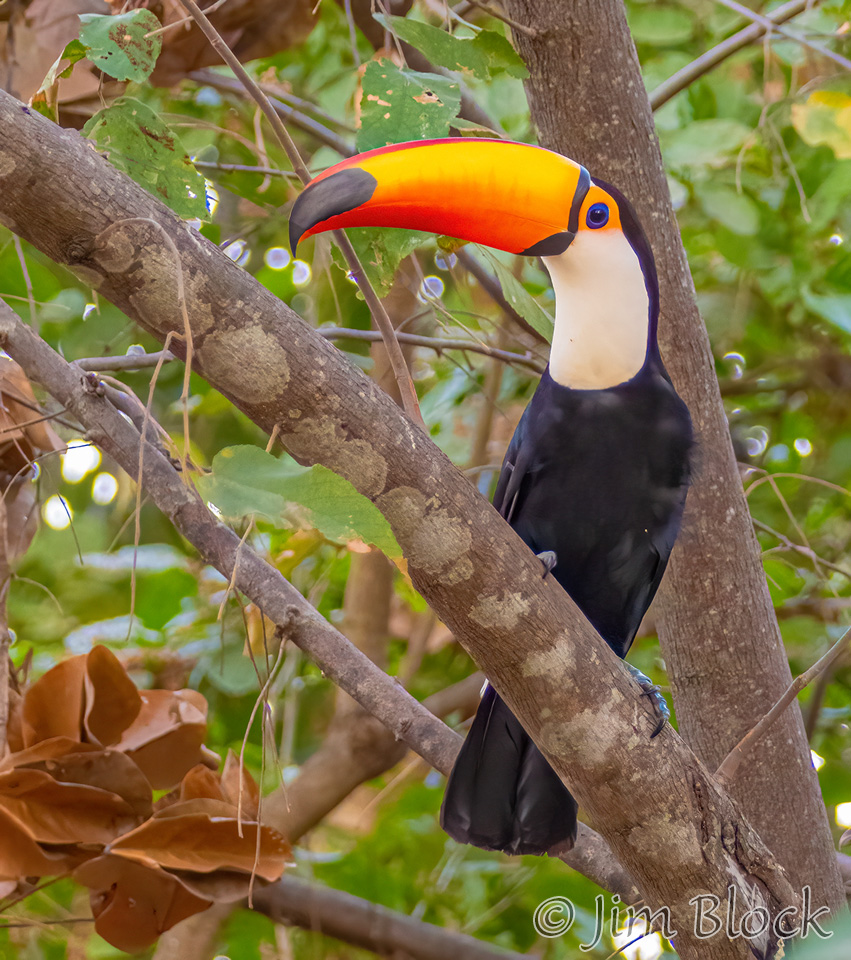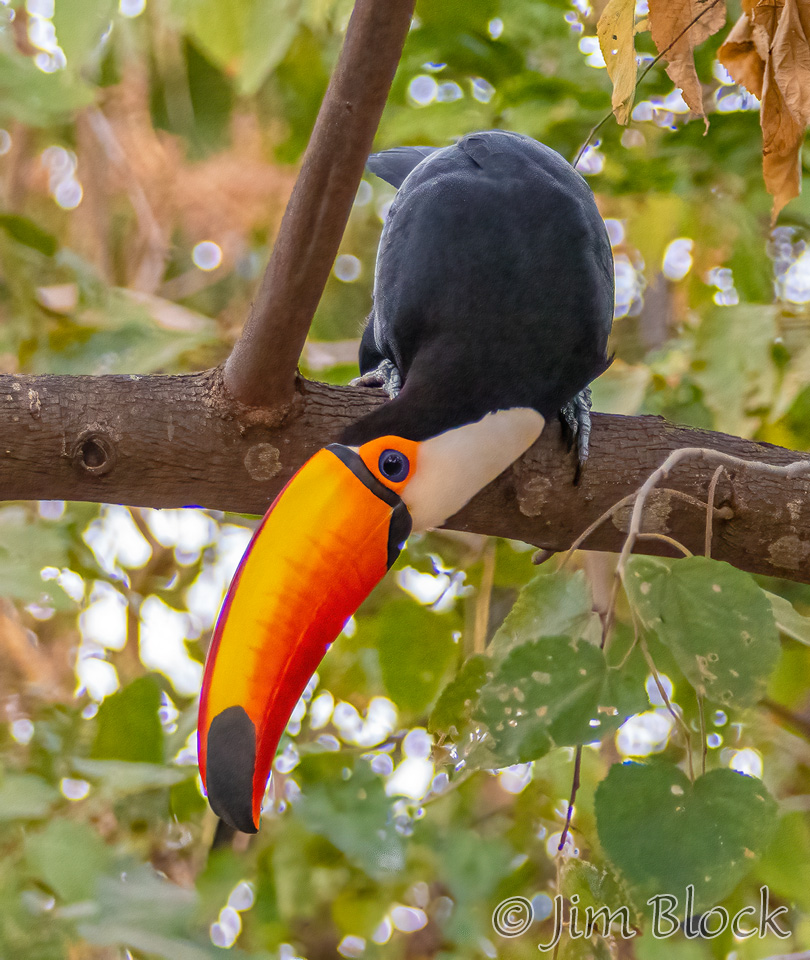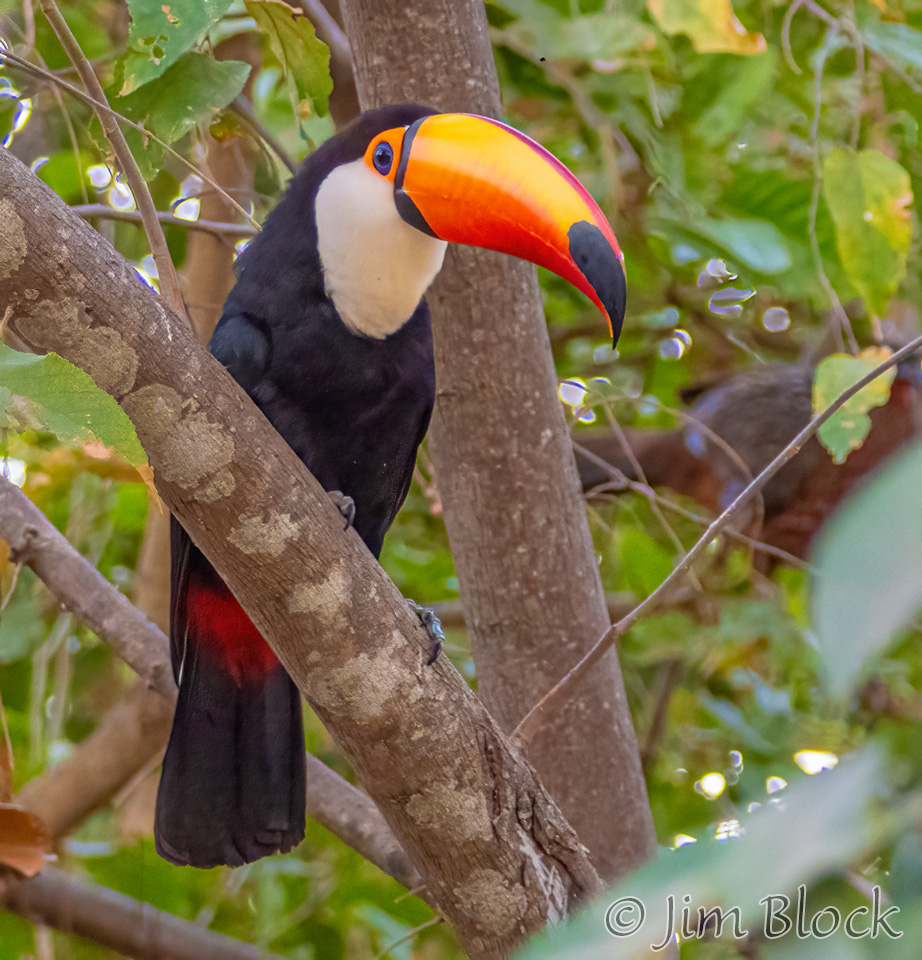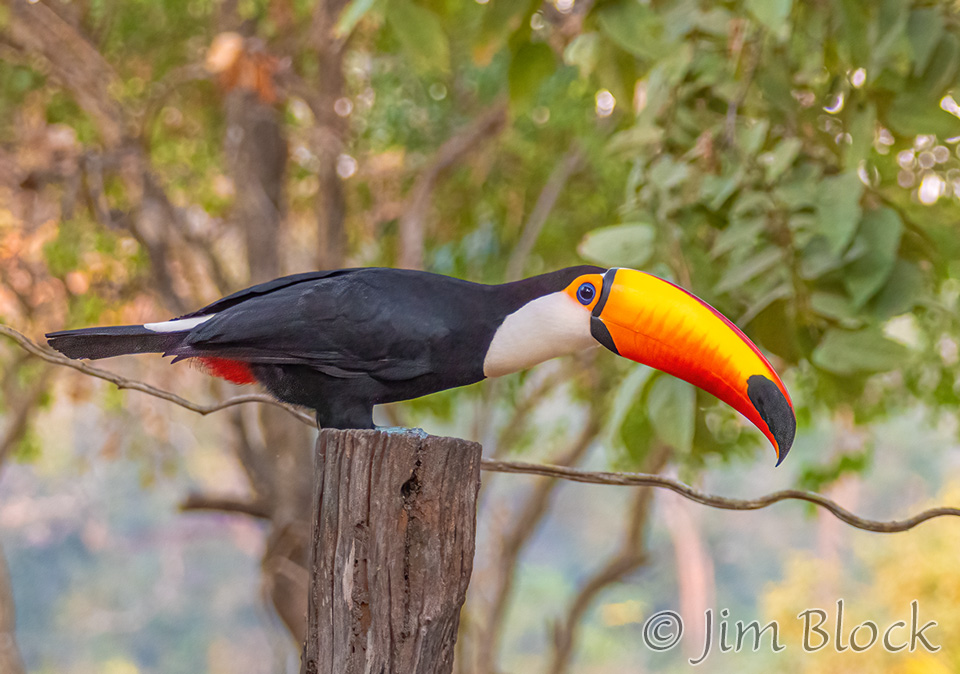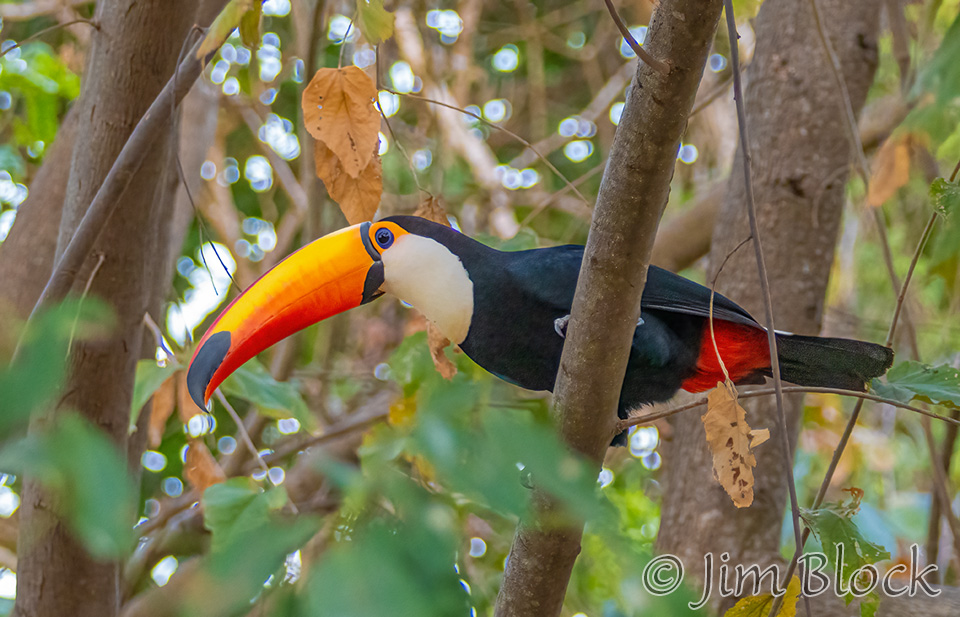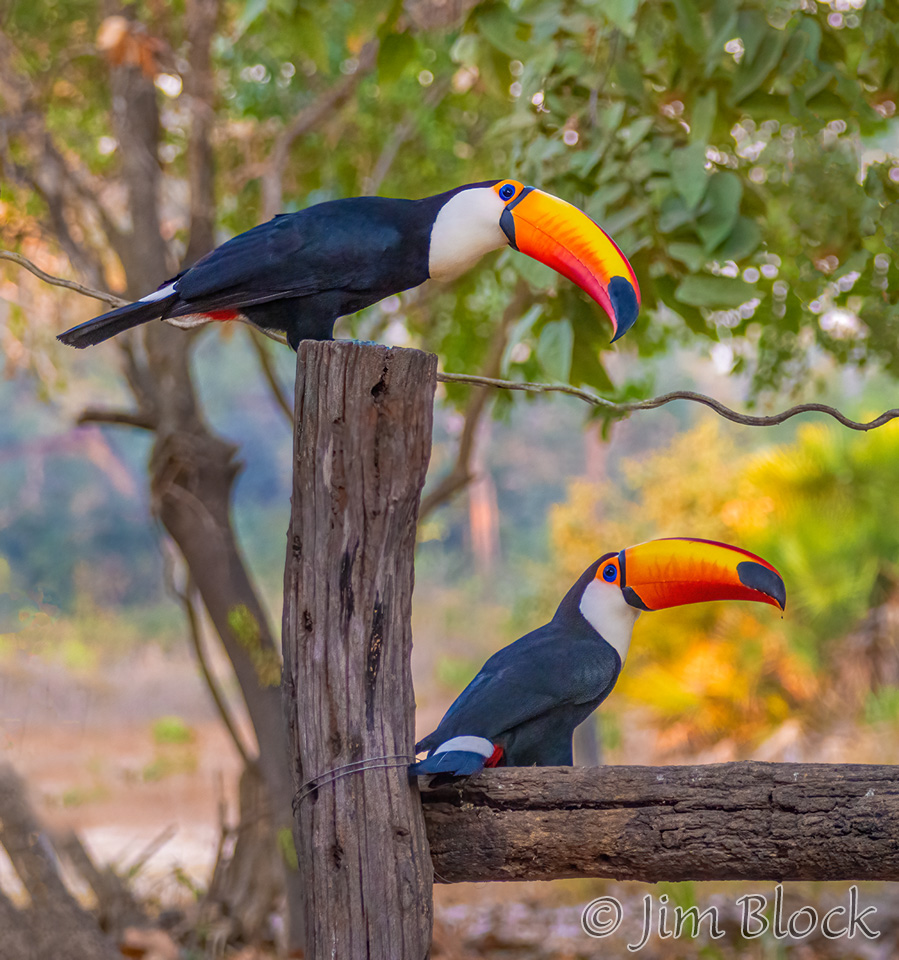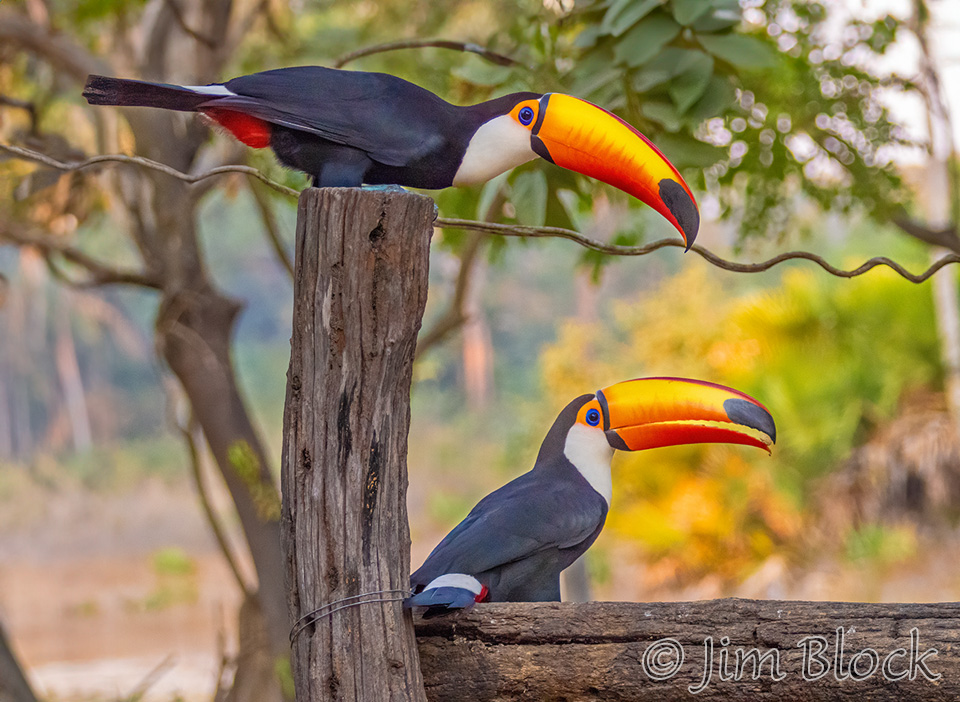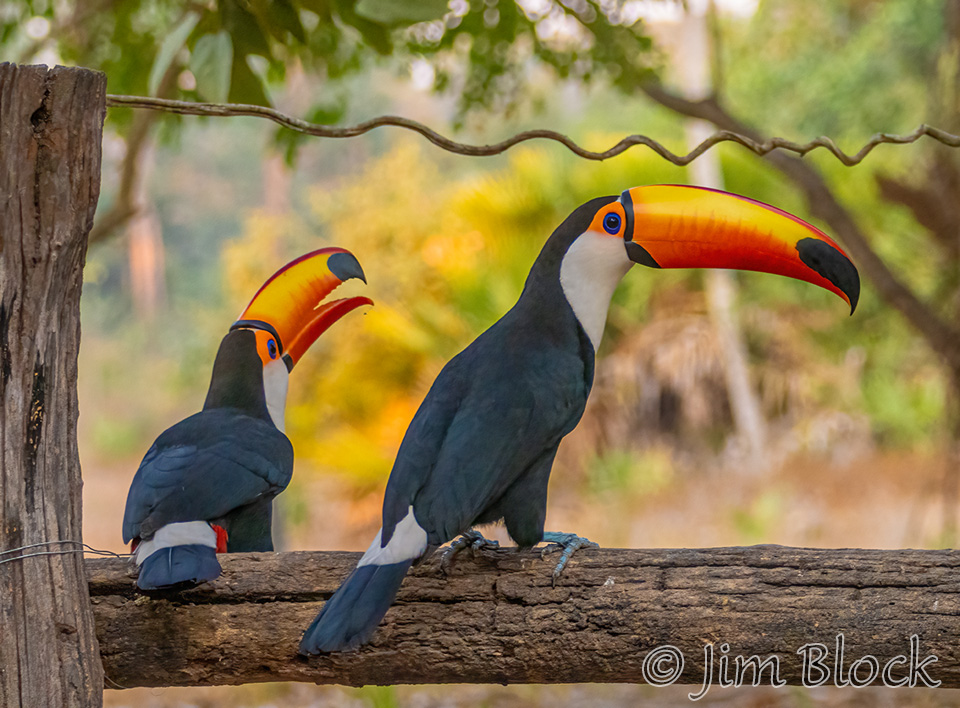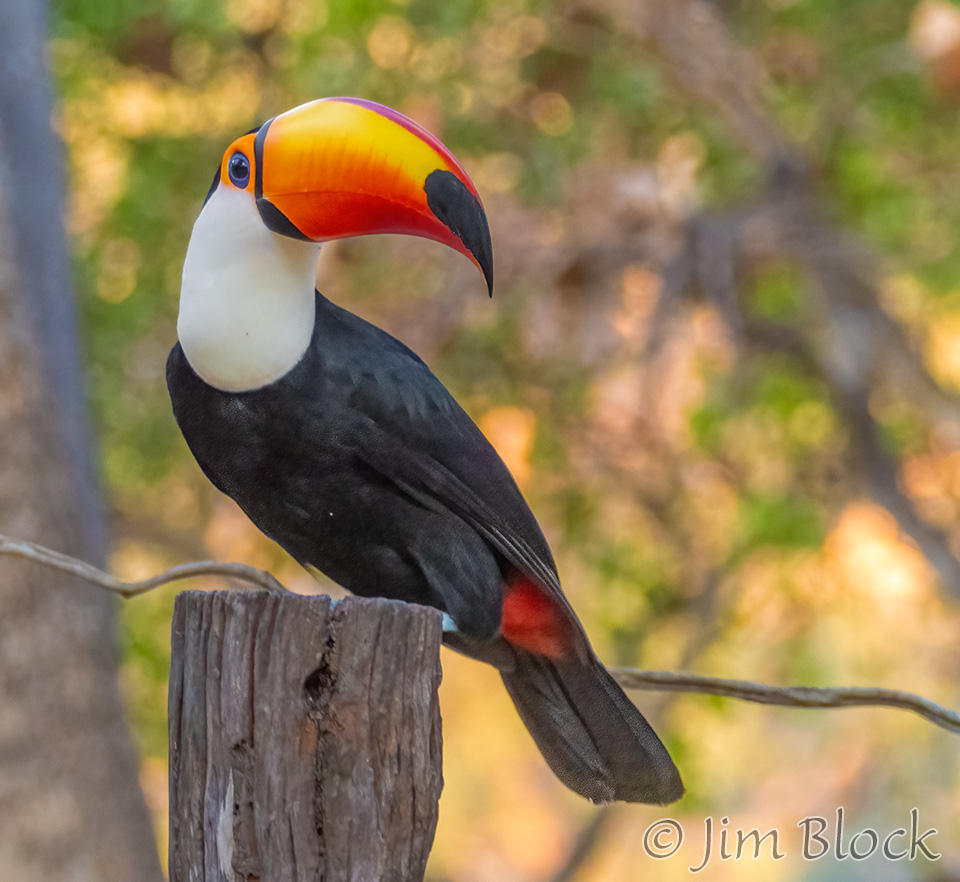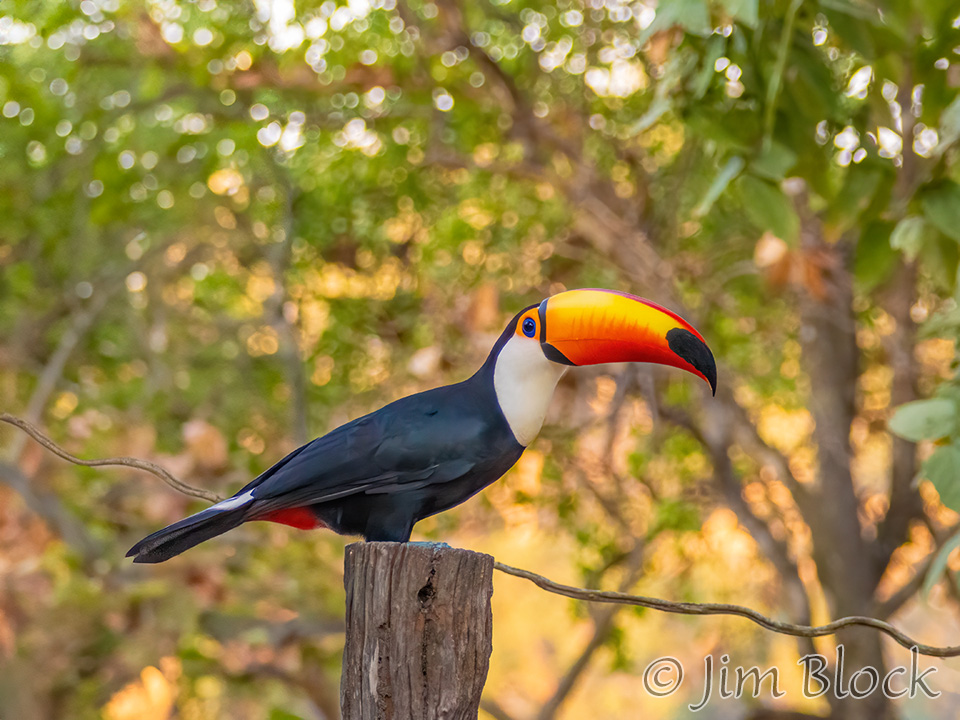Day 13 of the Pantanal of Brazil
A notable feature of this modest lodge was the early morning visits by Toucans. These are strangely beautiful birds. It is hard to resist taking and showing a lot of photos of them.
Also present was another even stranger looking bird, a Chestnut-eared Aracari.
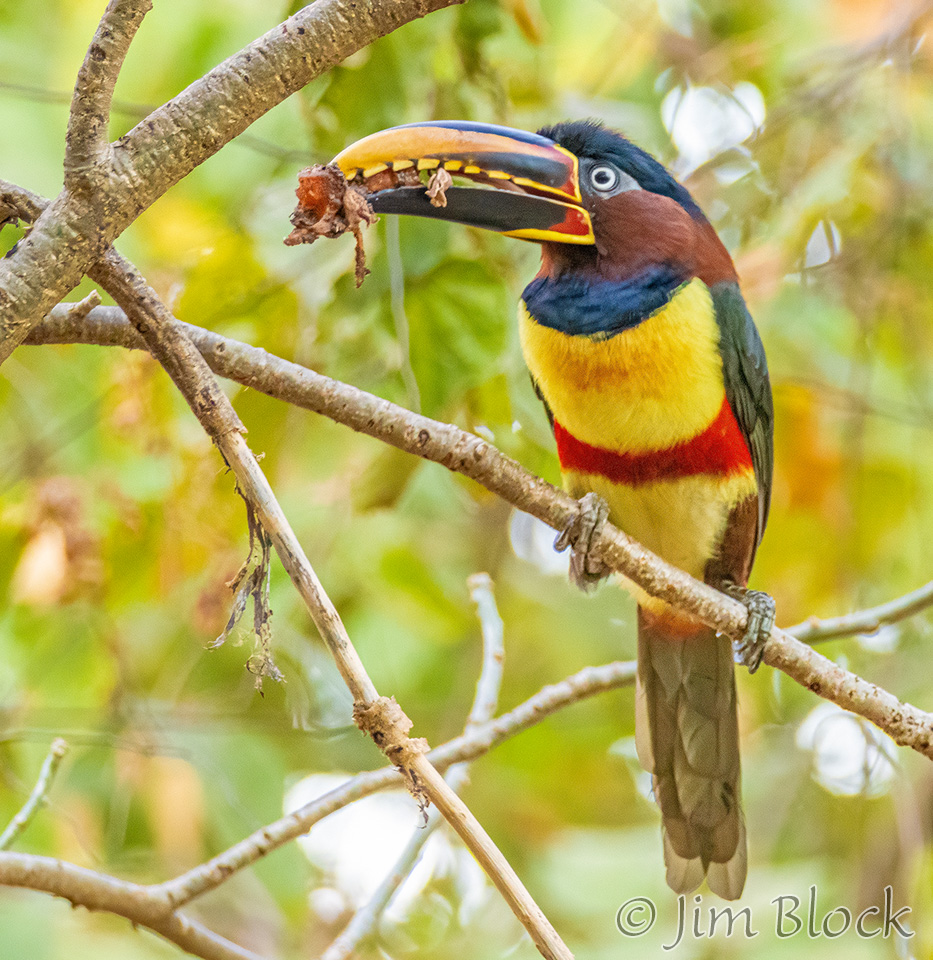
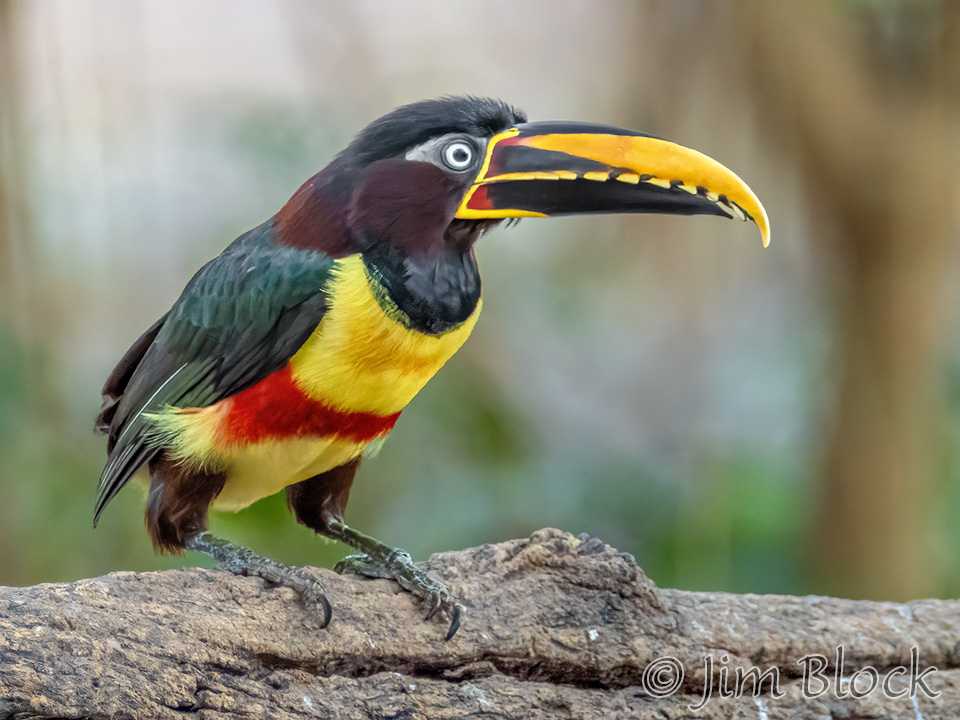
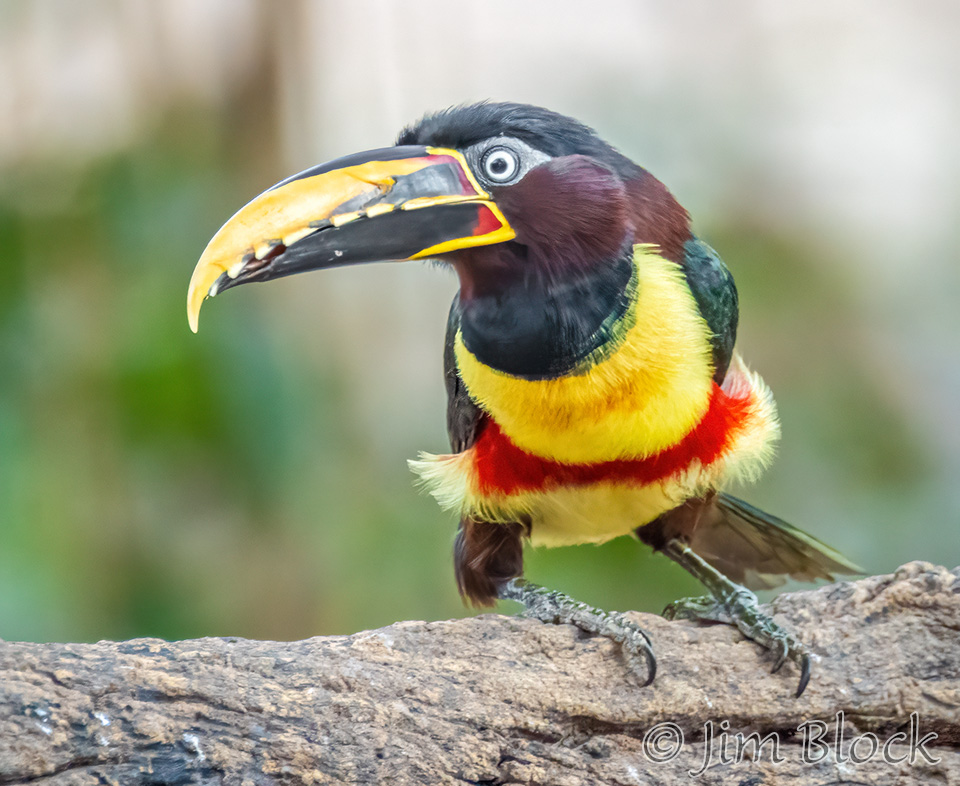
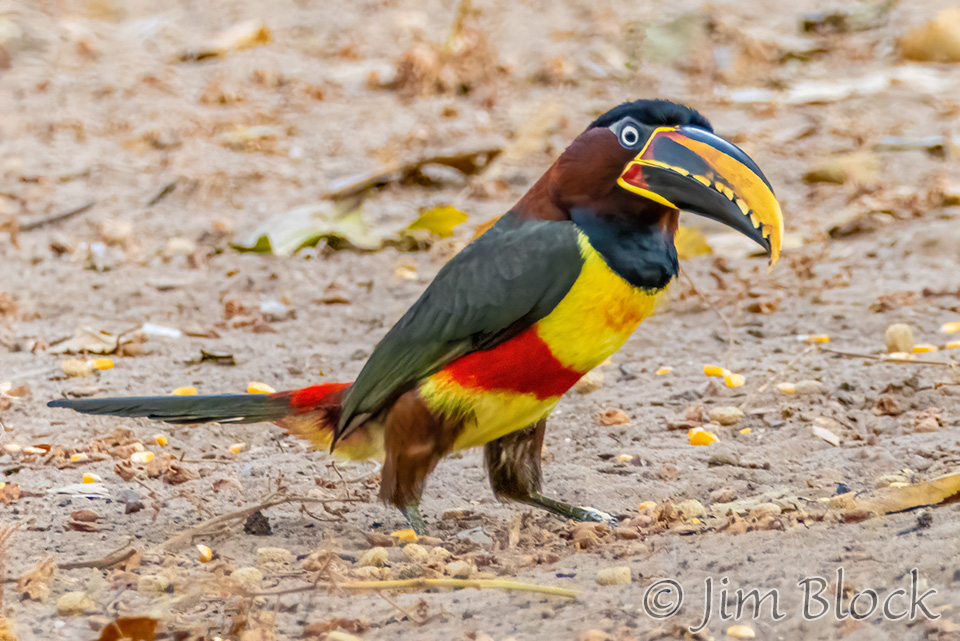
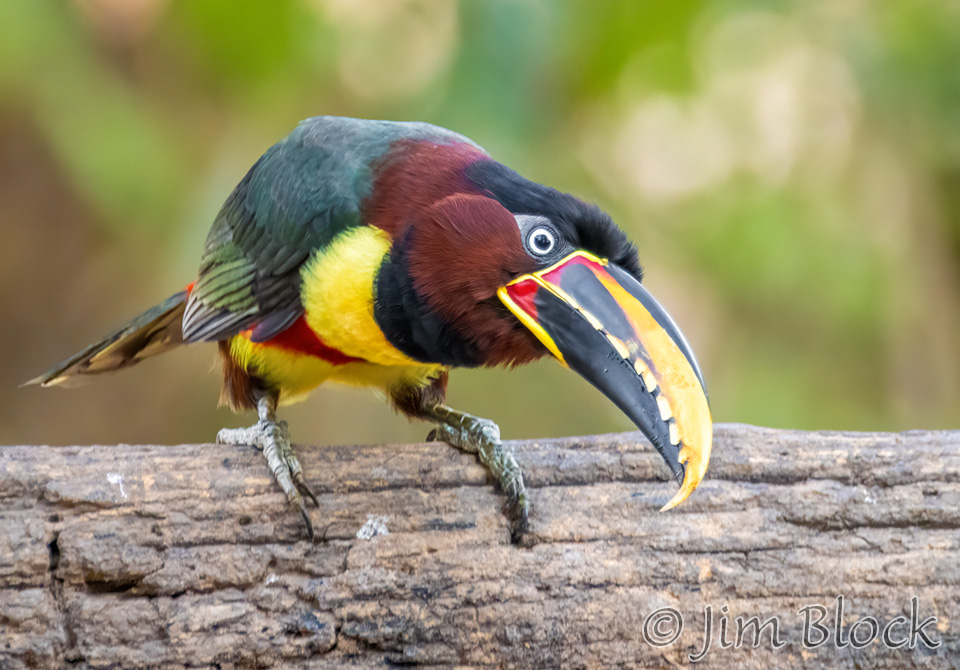
Before our breakfast at 7 am, I also photographed some other species on the lodge grounds.
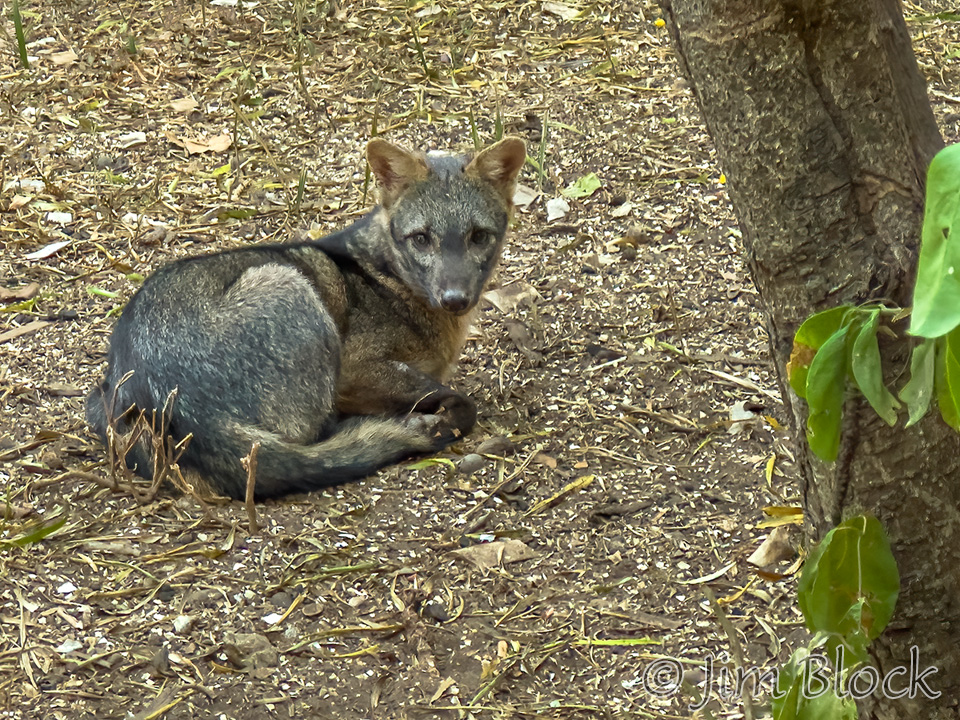
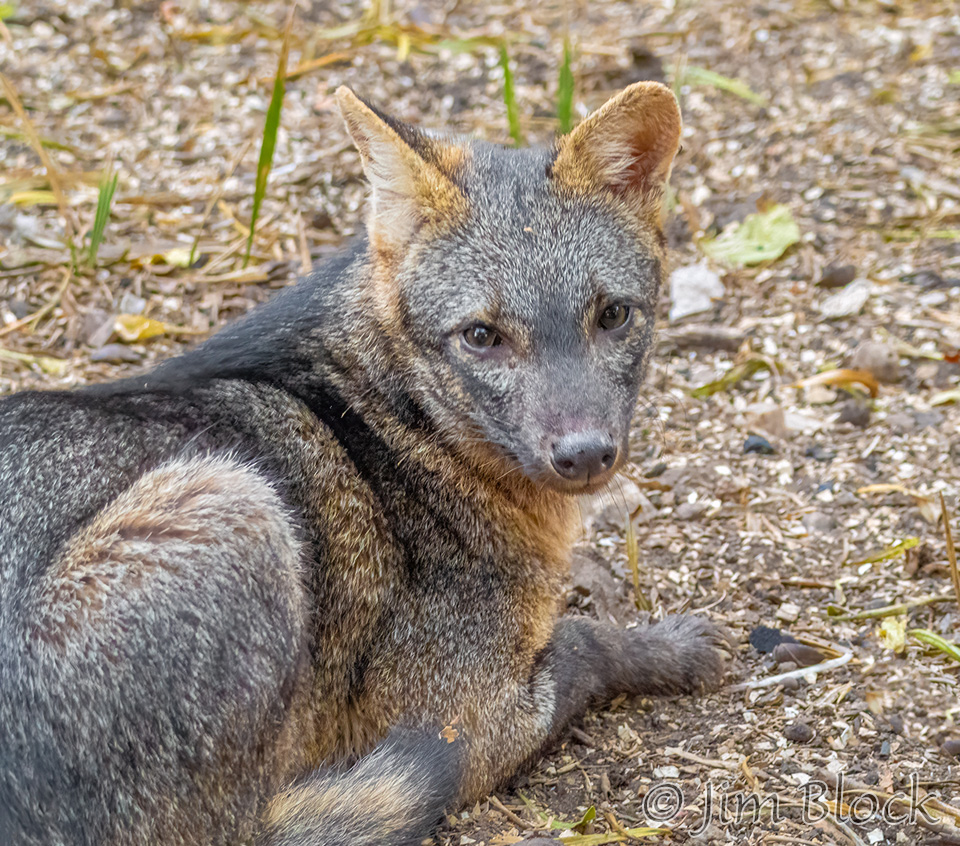
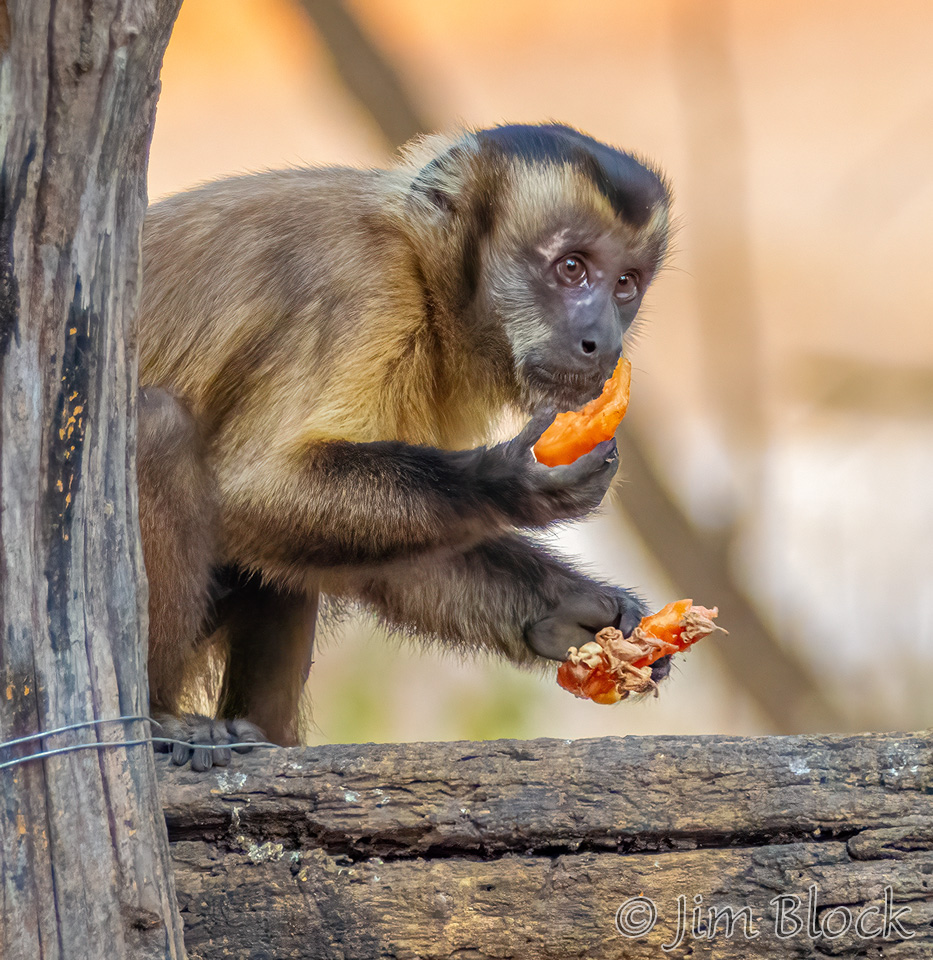
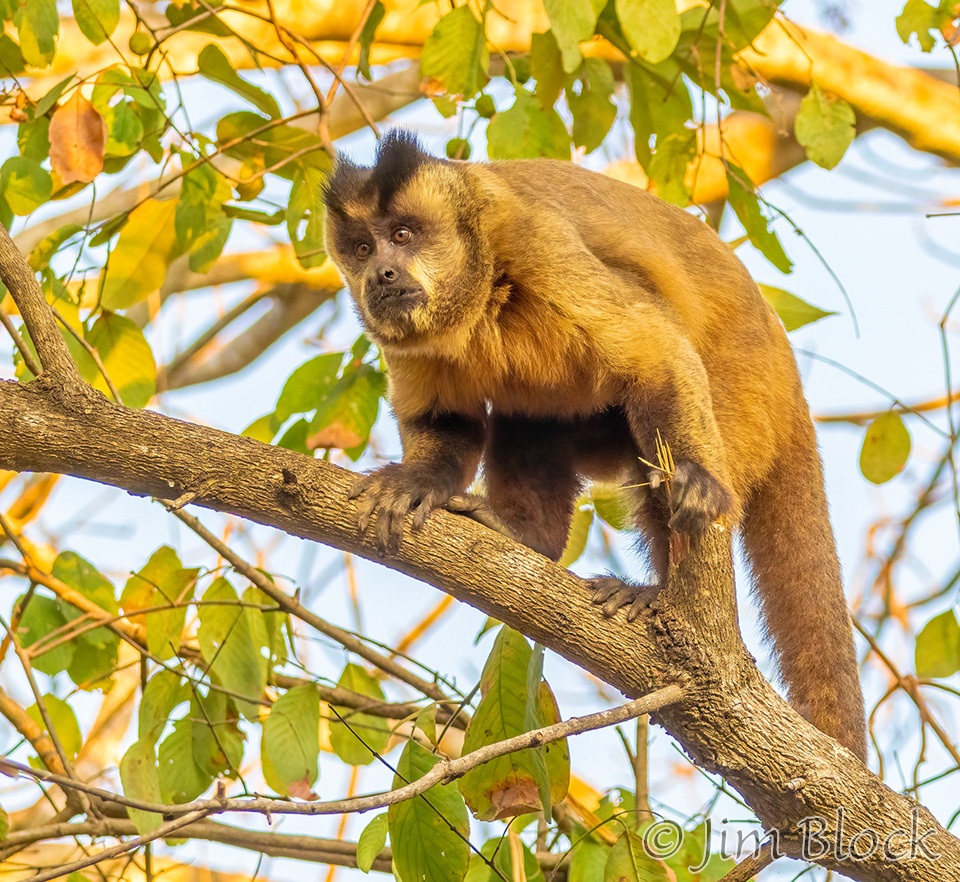
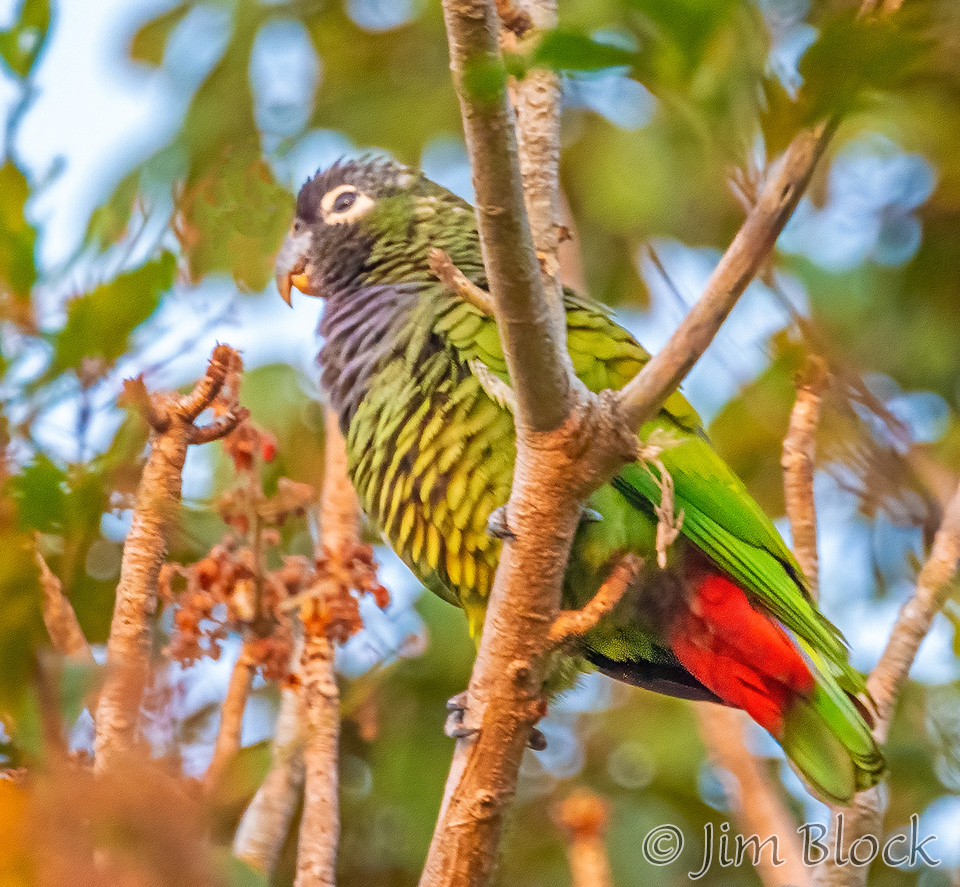
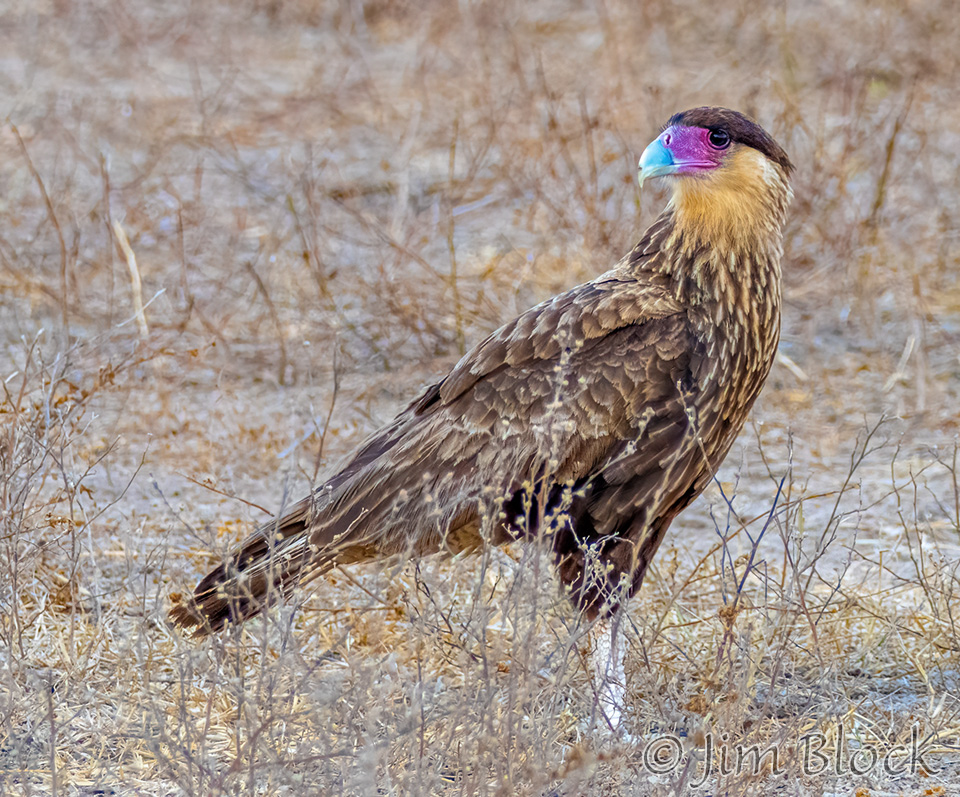
A hike was planned for 8 am, but I took a few photos before the hike.
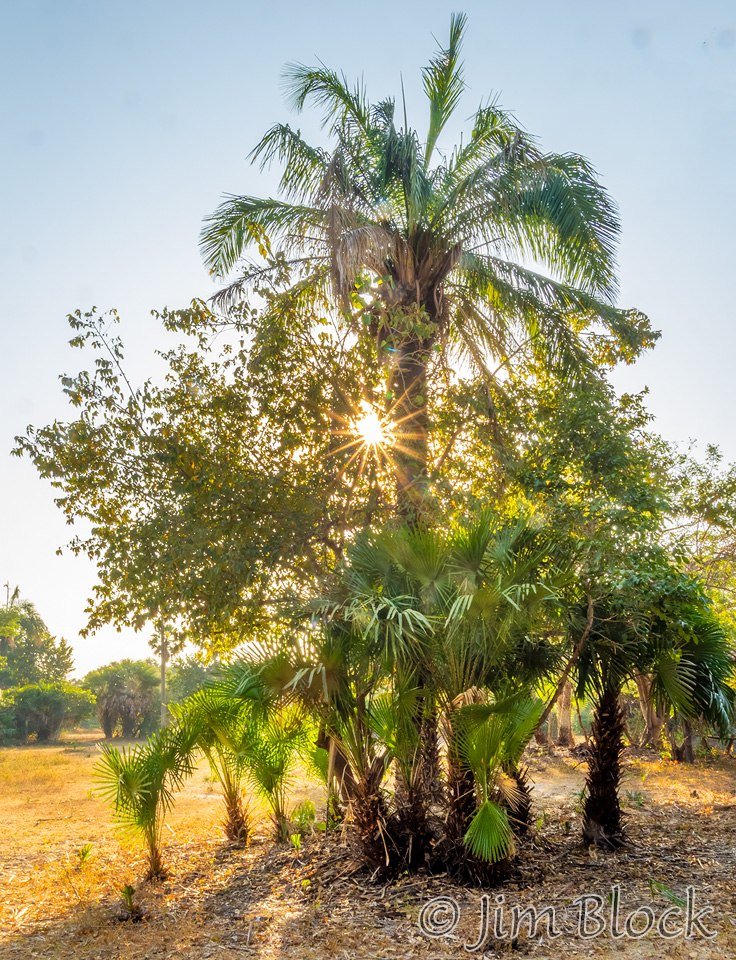
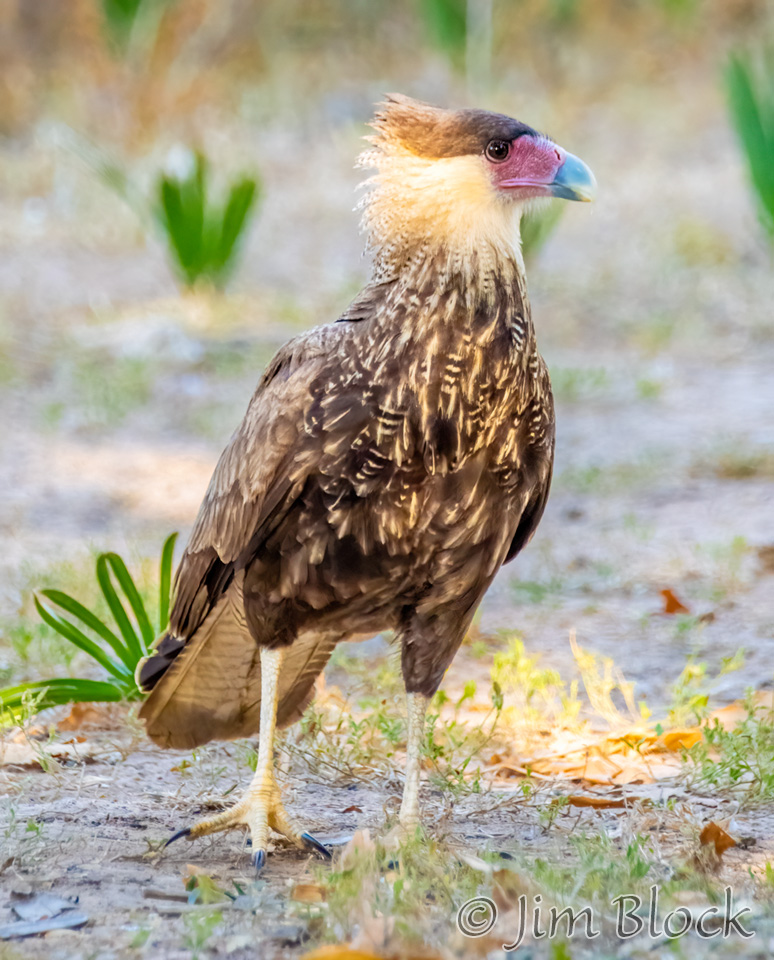
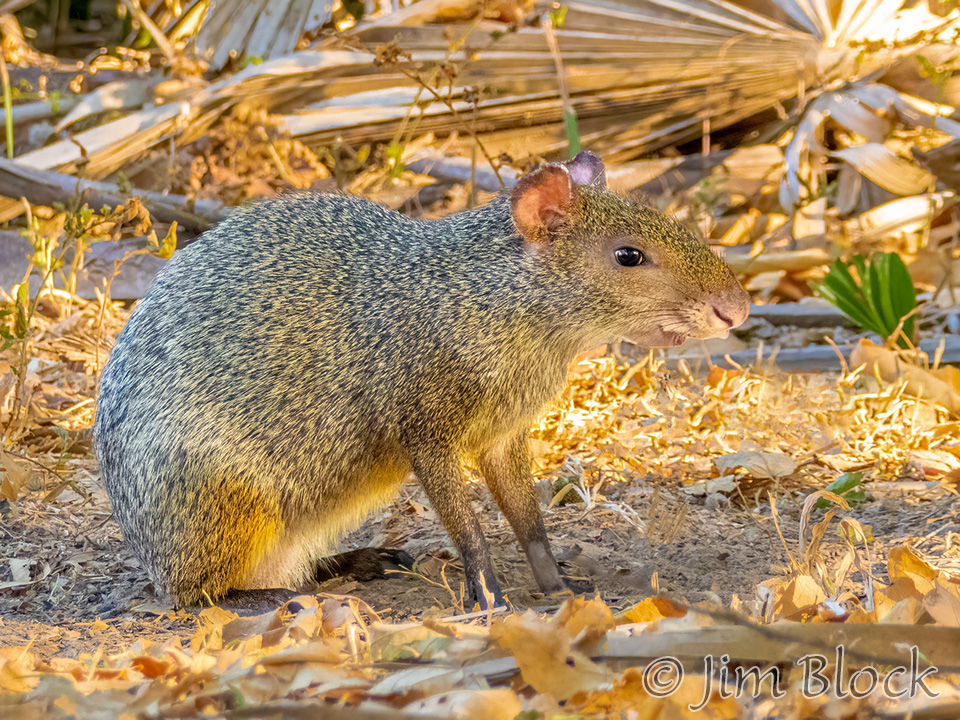
We wandered into the forest, such as it was. It was more of a tangle of trees at times with a few very tall trees mixed in.
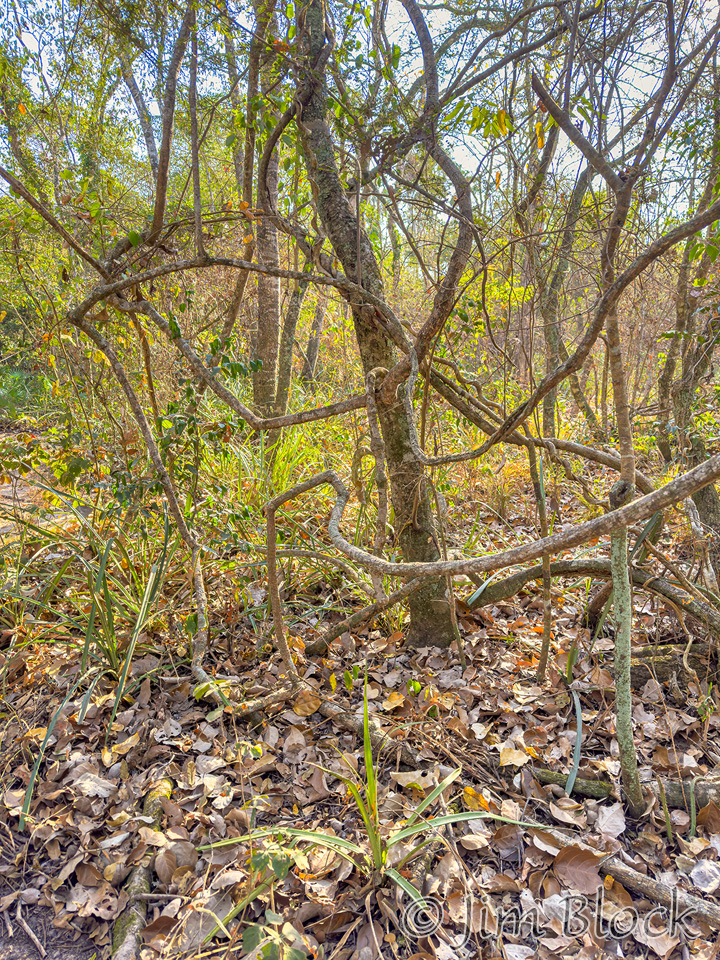
Fisher found a Great Potoo. Even after he pointed it out, it took me a long time to find this 24-inch-long bird that can weigh up to a pound and a half. It is a nocturnal bird and feeds on large insects and small vertebrae attacking much like owls do in graceful glides.
Can you spot the Great Potoo in this tree?
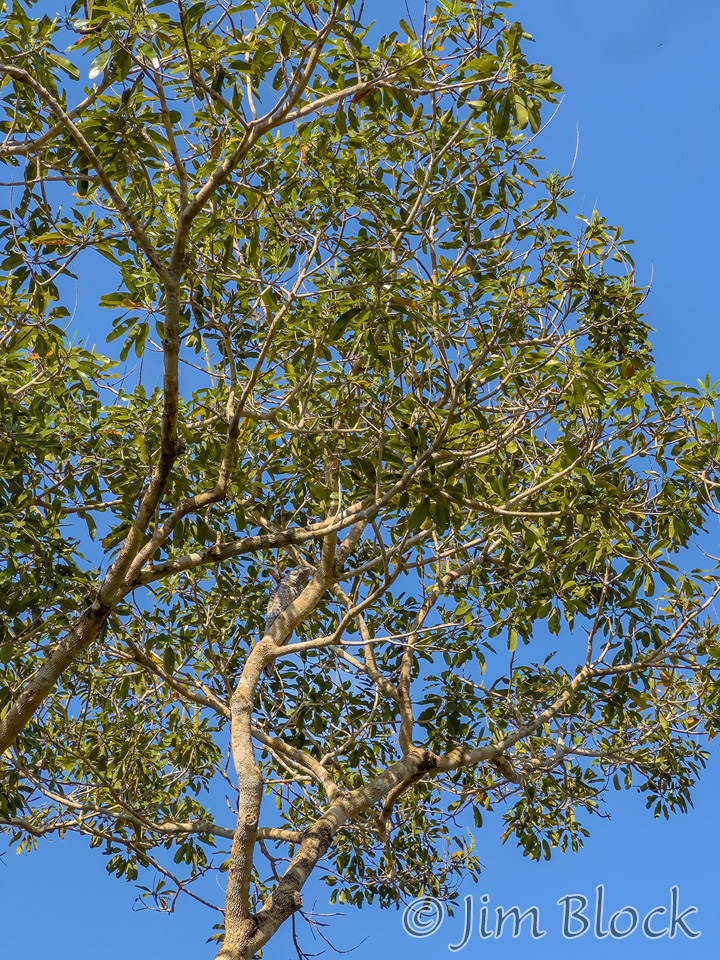
Here is the same photo with the Great Potoo circled.
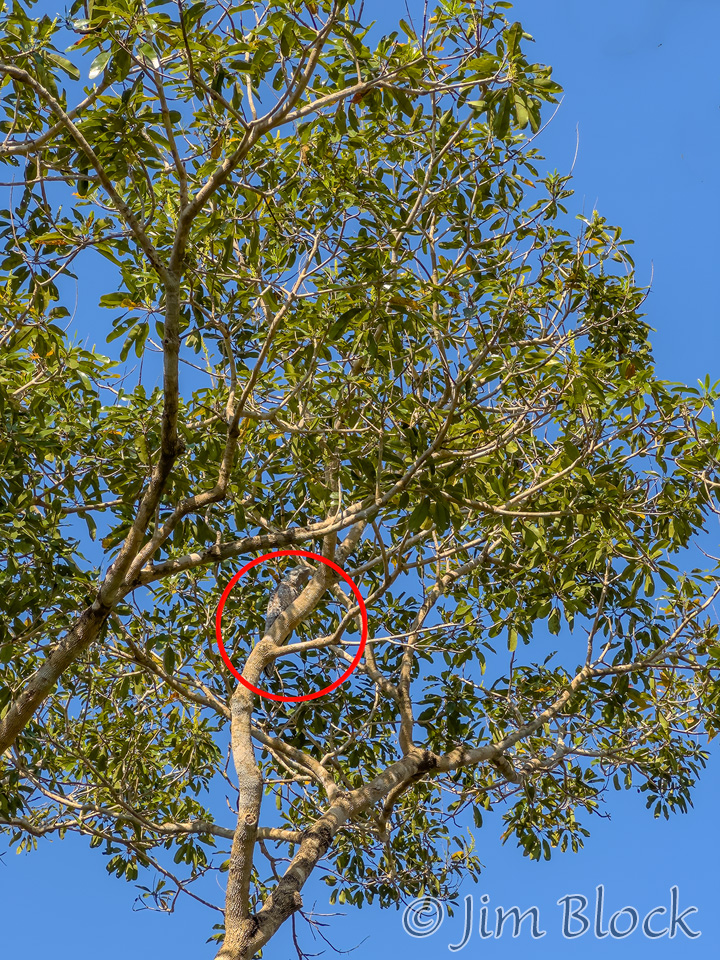
Here are some closer views from roughly the same spot. Note the long tail in the first photo.
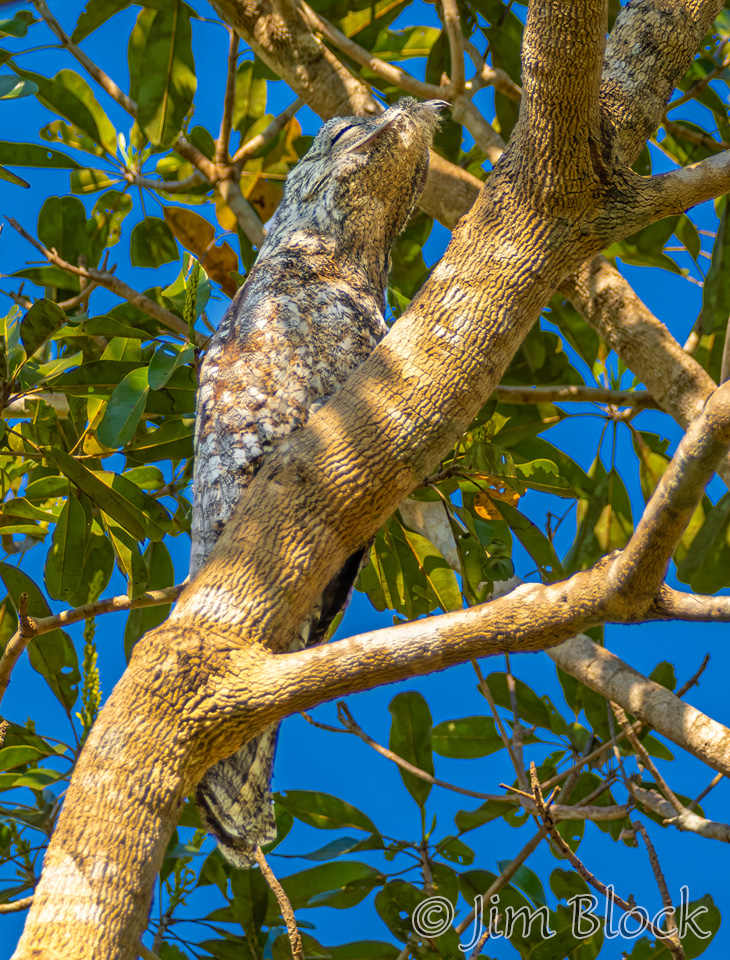

I asked Fisher why this bird needed such good camouflage.
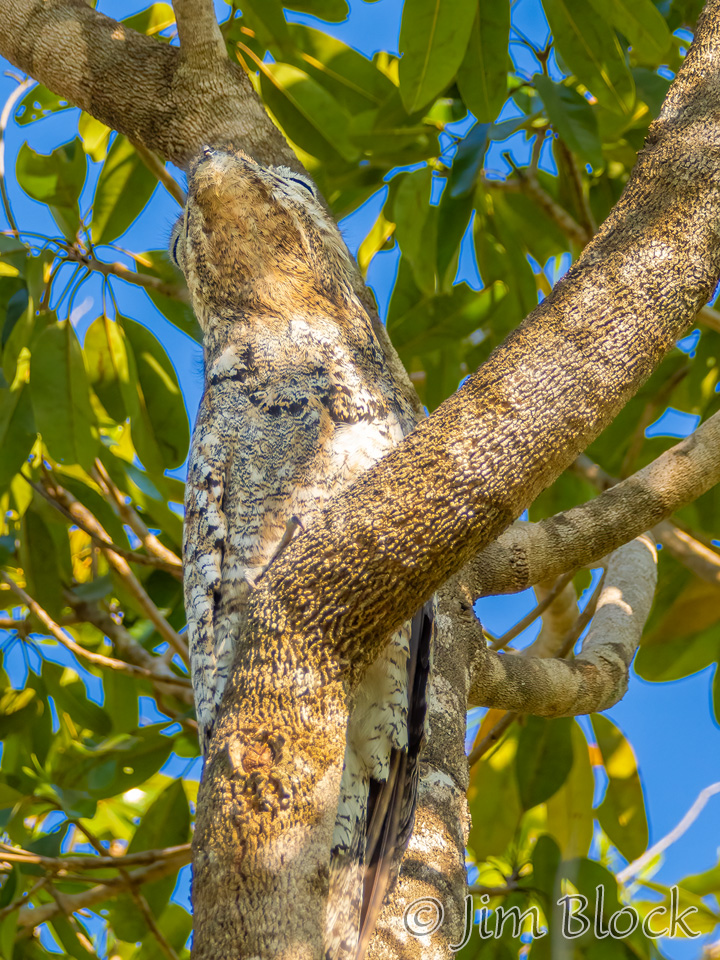
He replied that Ocelots can climb trees.
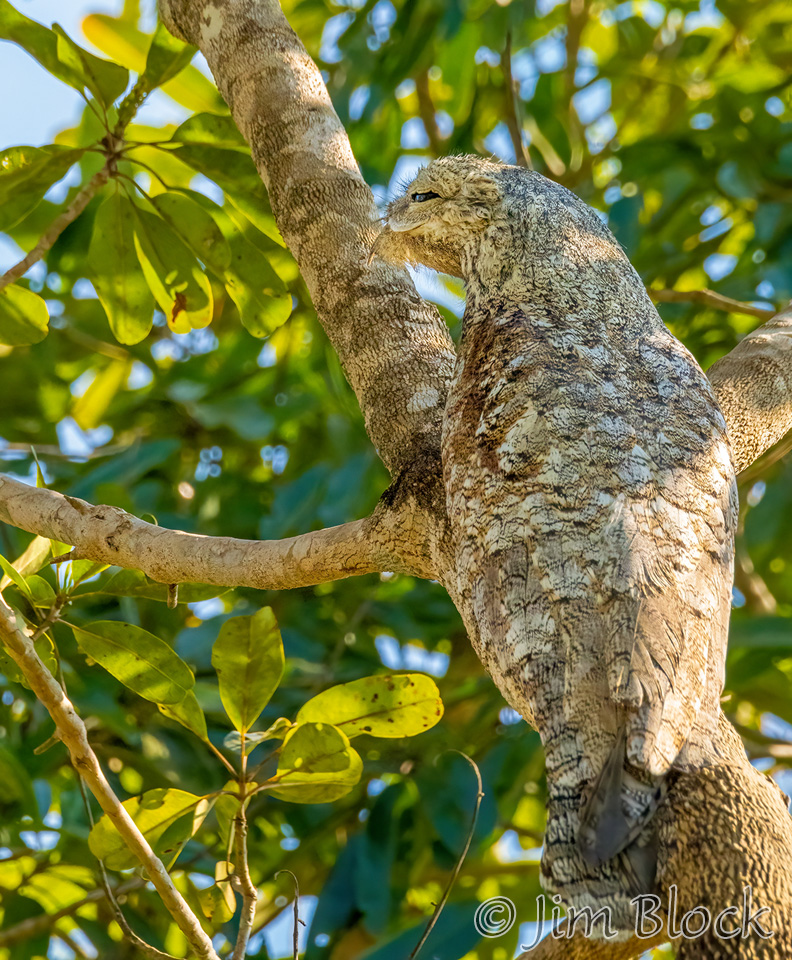
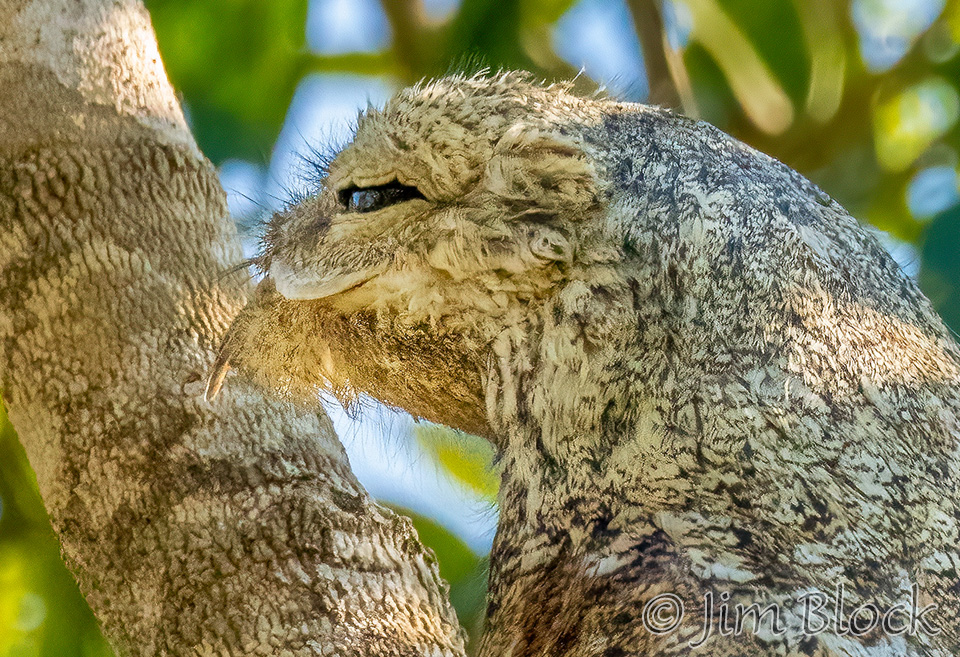
Here is a group of us photographing Great Potoo. That is me in the left front of the photo with the white hat.
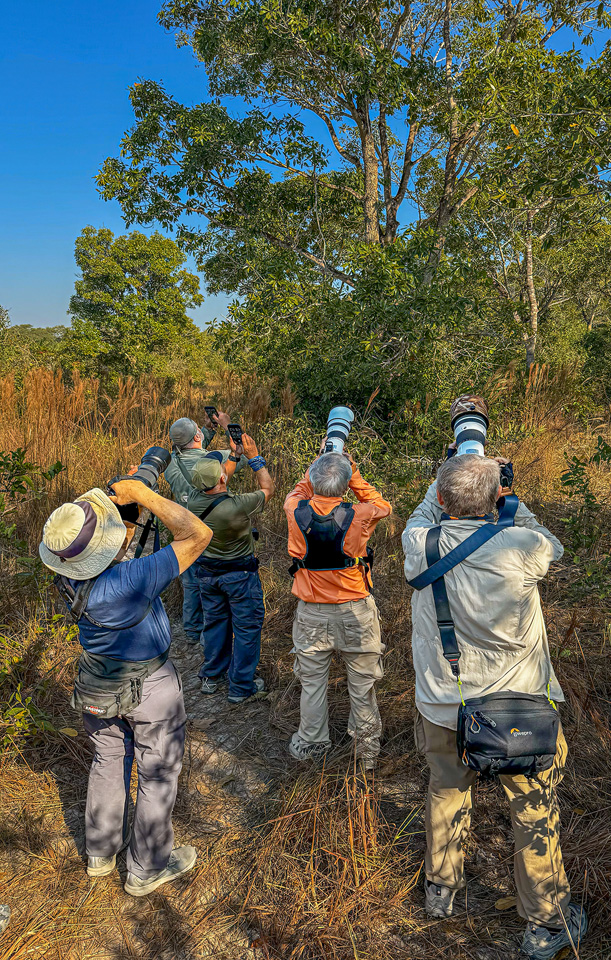
Here is a photo of the tree from where we were photographing it in the previous photo. It will be almost impossible to find the bird in this image.

Here’s the same photo with the Great Potoo circled.
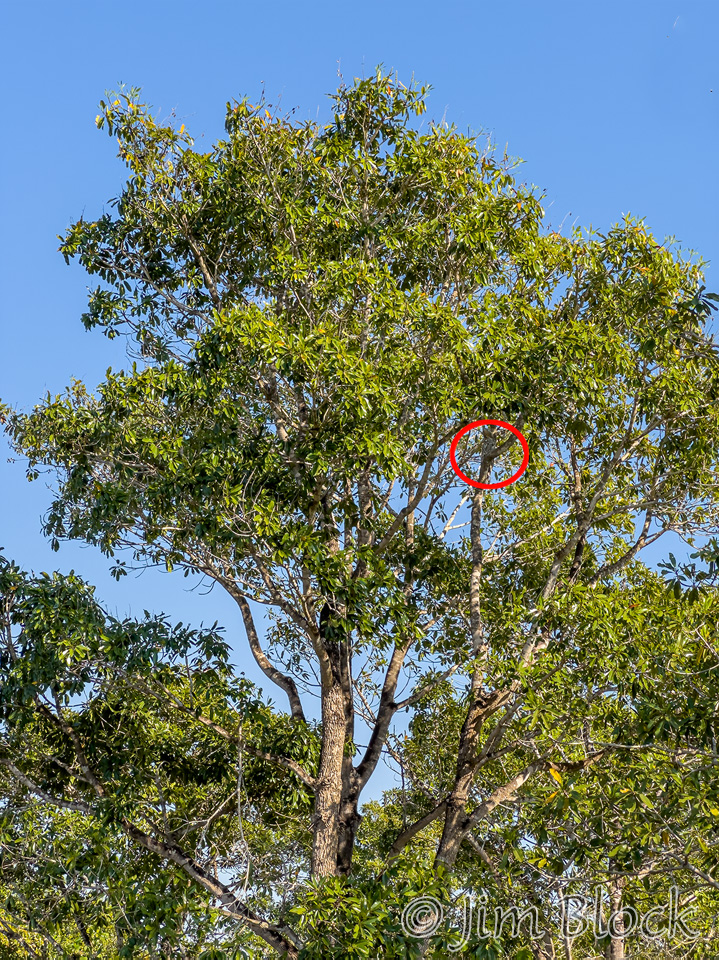
Here is a telephoto photo from the same spot.
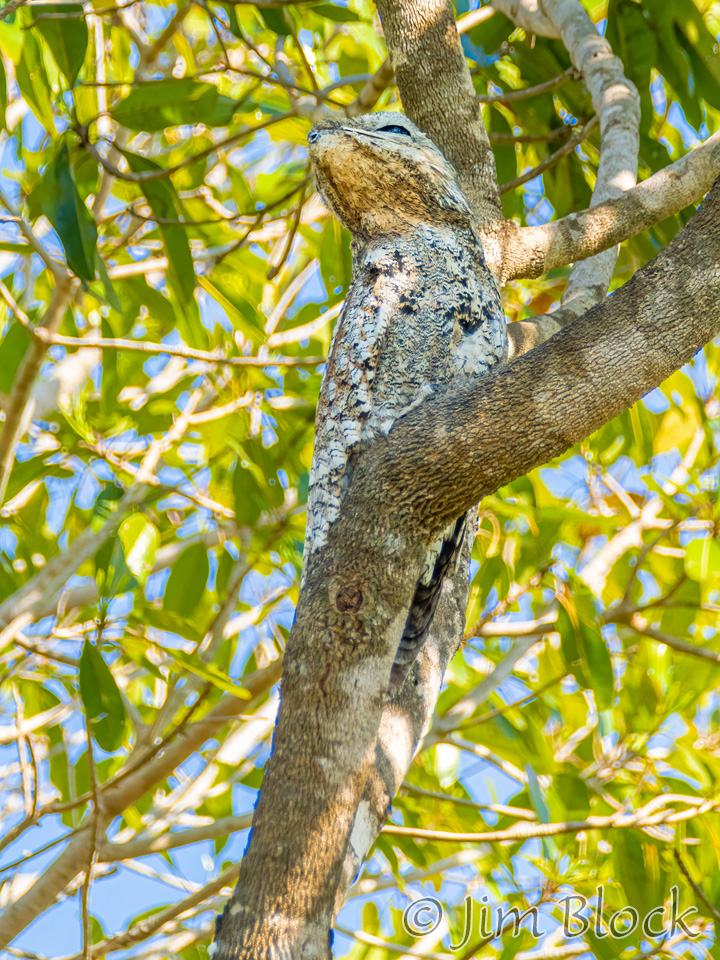
And here were a couple of close-up photos of this strange creature of Central and South America.
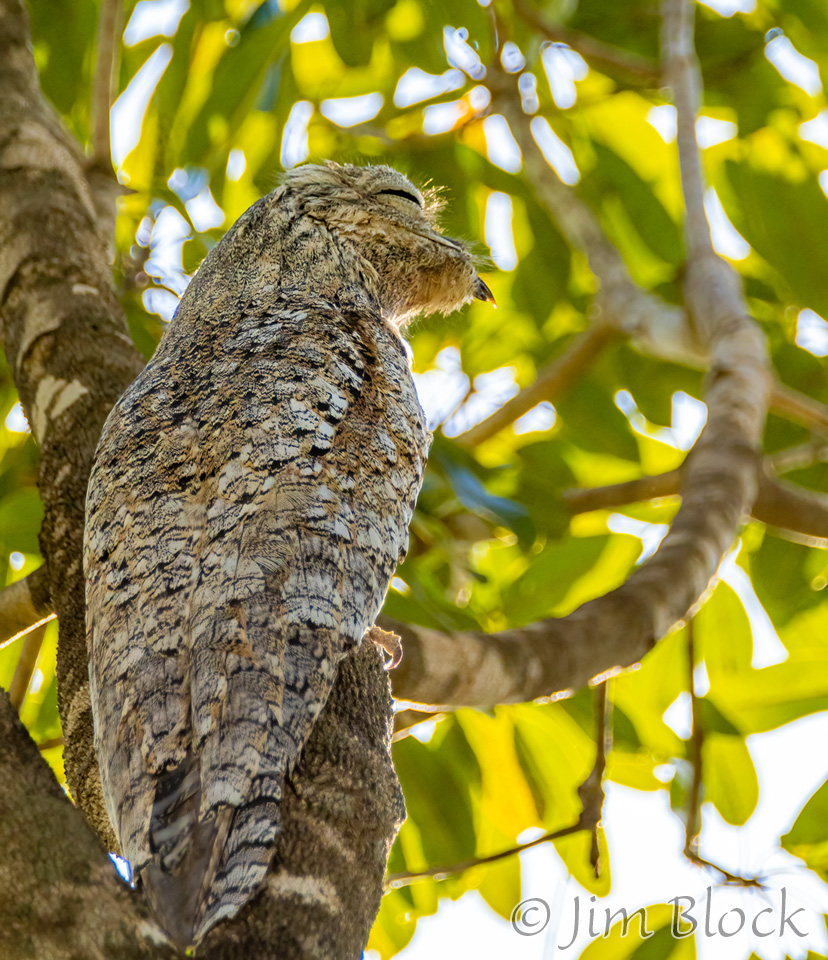
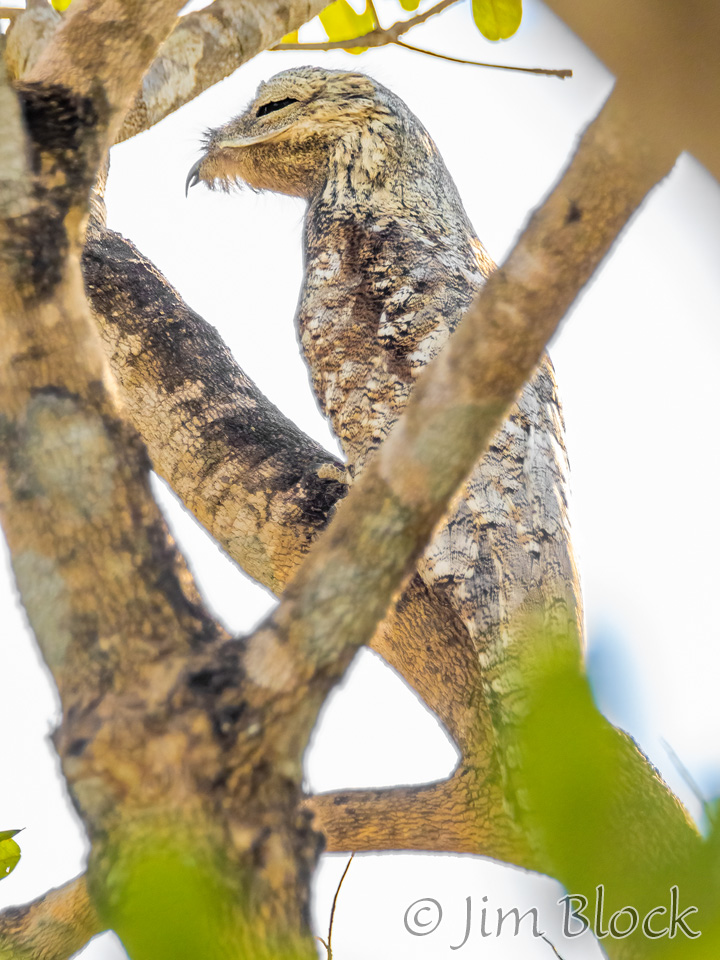
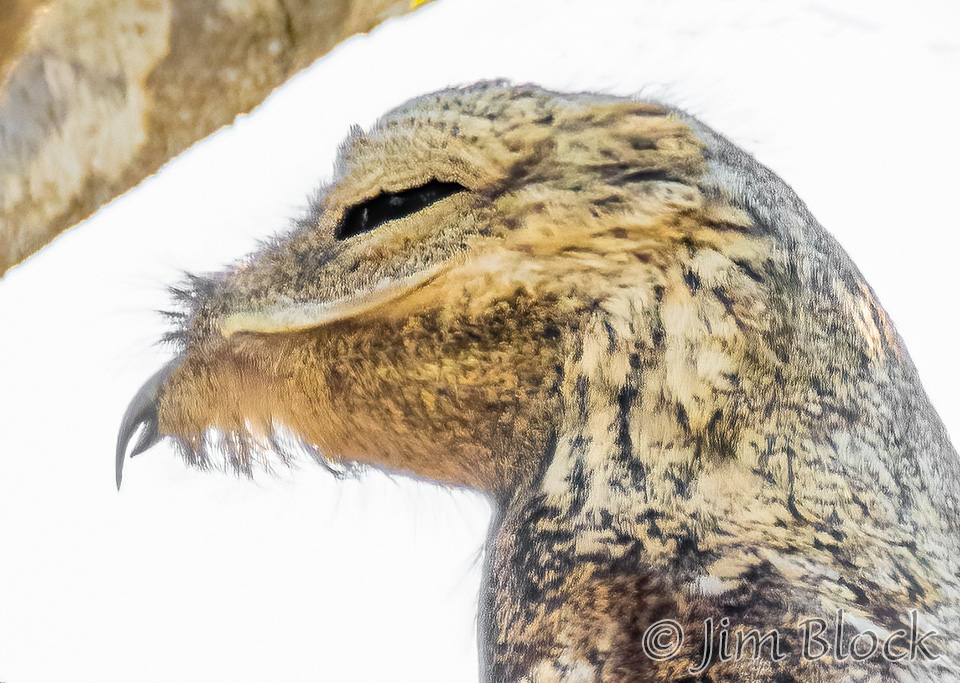
After leaving the Great Potoo, we found some Black-tailed Marmoset monkeys.
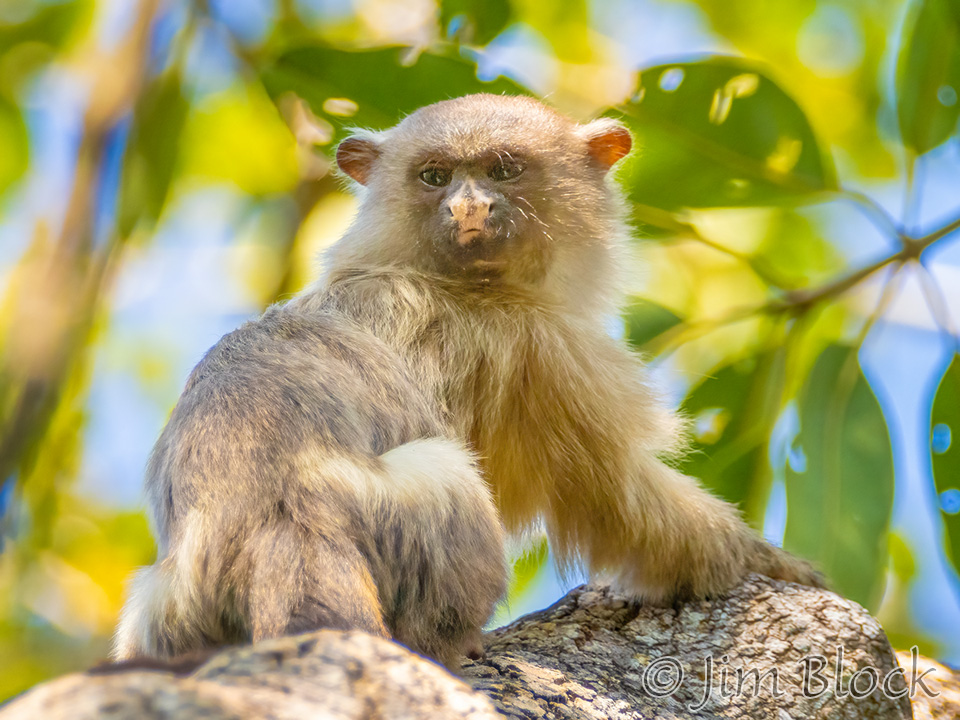
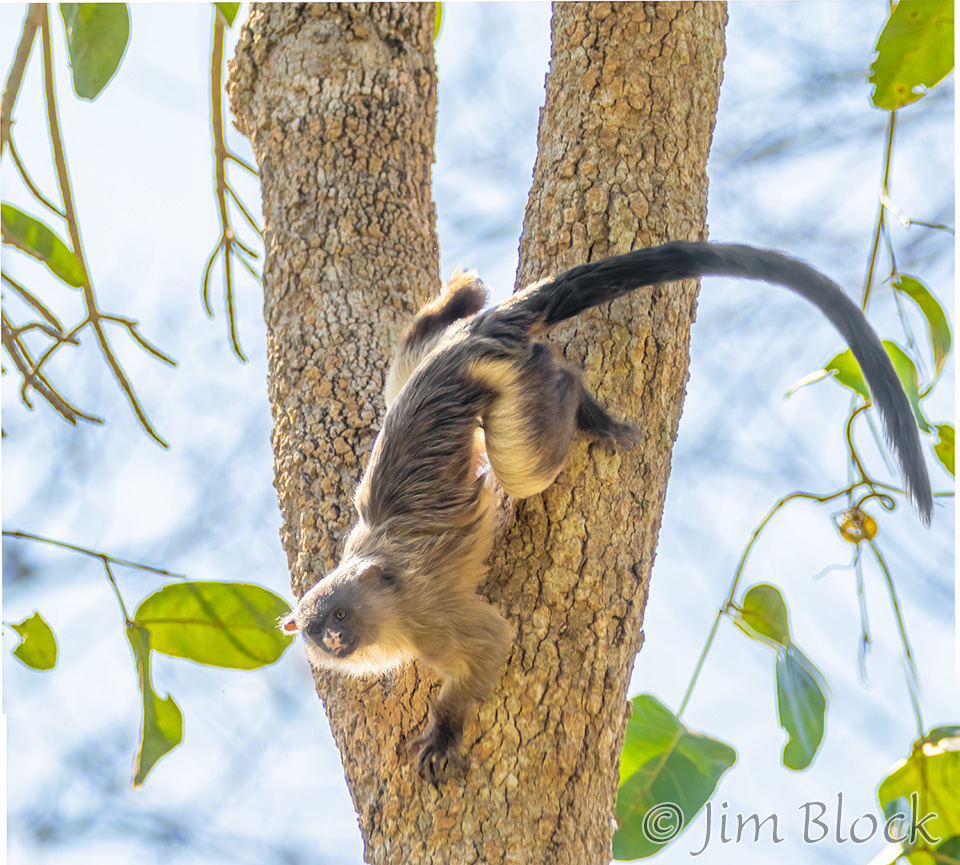
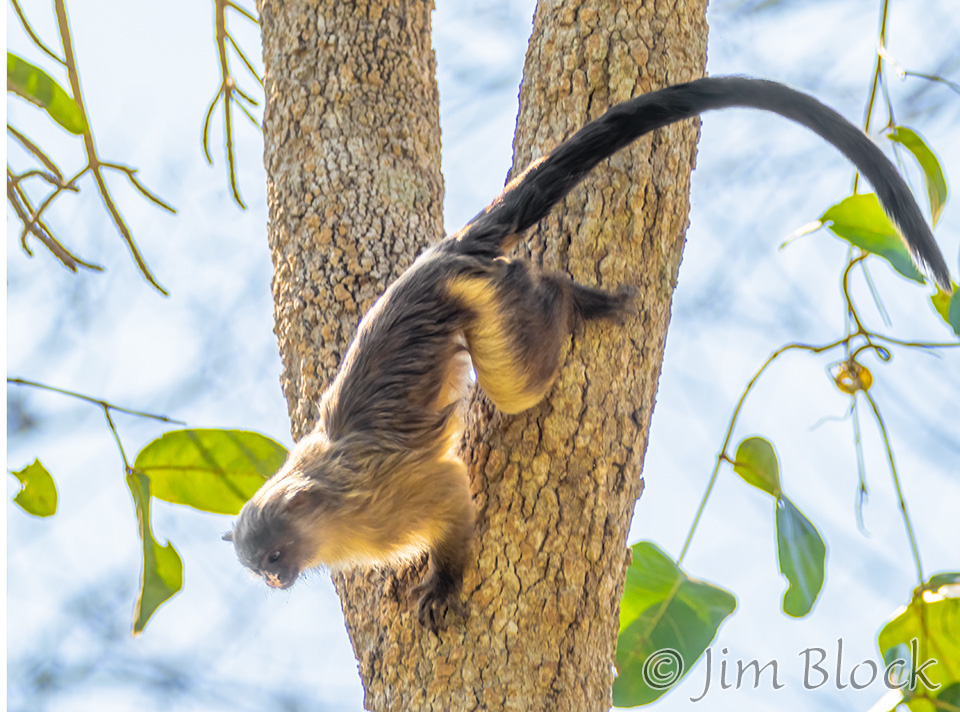
I would not want to meet up with this one in a tight spot in the woods.

Back near the lodge, we found several Black-and-white Tegu Lizards that lived under on old shed. These grow to almost 4 feet long.

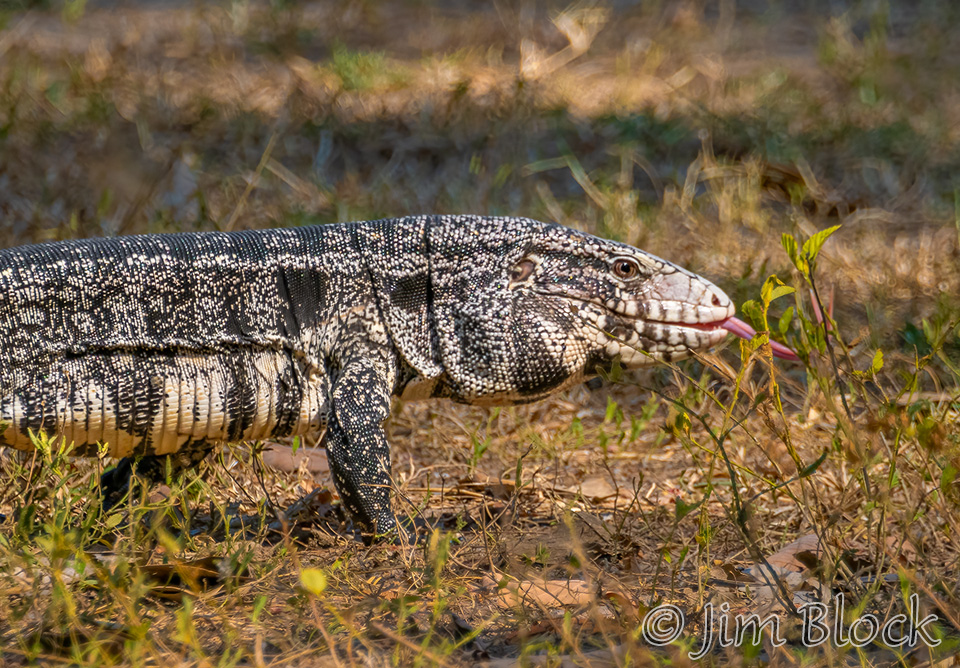
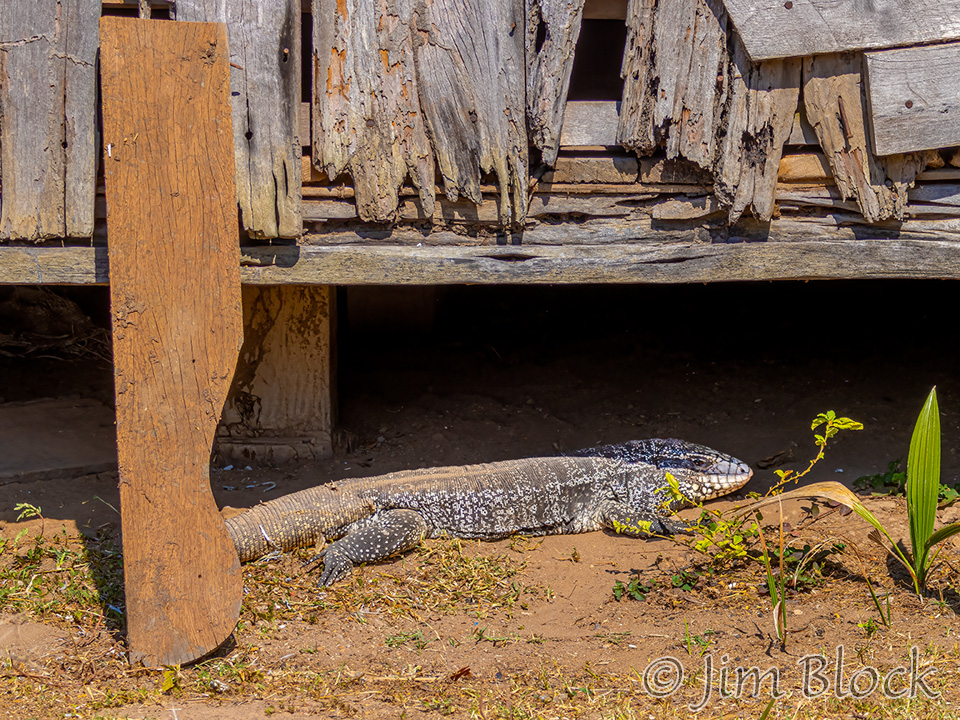
After lunch we had several hours of downtime in the heat of the day, so I took photos of a Lava Lizard and a South American Coati.
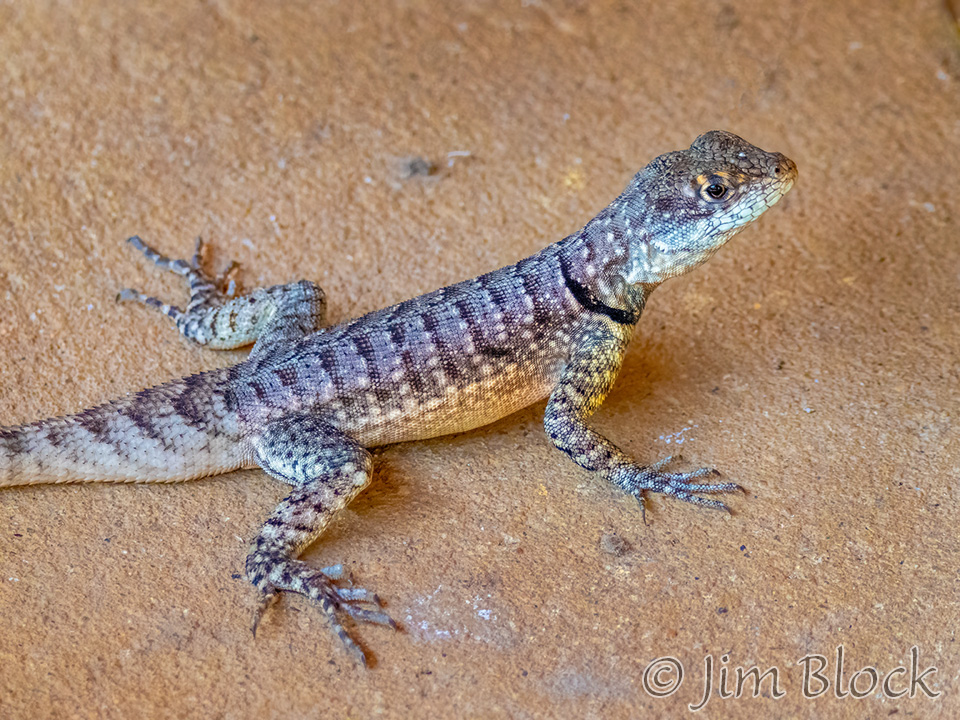
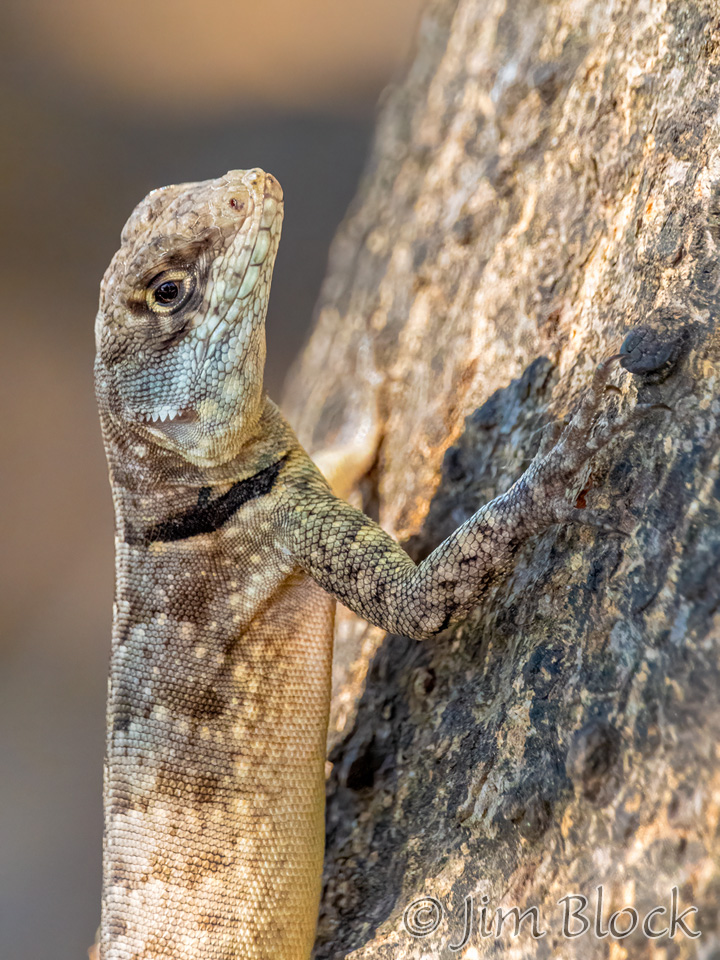

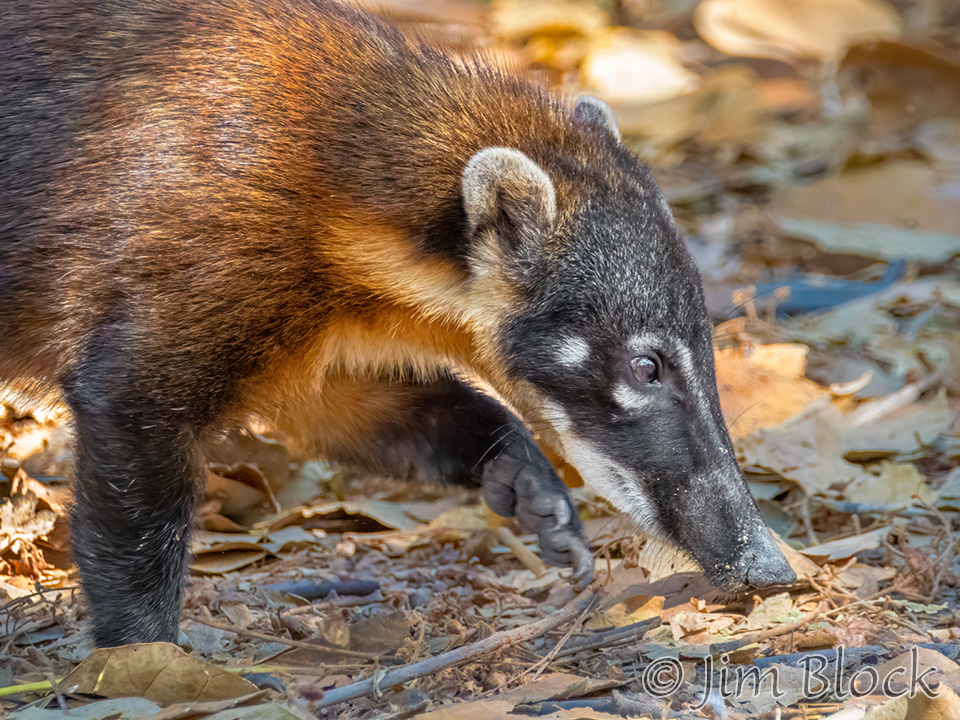
After discussing several options for the late afternoon and early evening photography, we decided to drive the 7-mile very bumpy and slow road out to the slightly less bumpy Transpantaneira and head to the “second bridge” that we had visited previously. Along the Transpantaneira, we saw a Brazilian Tapir leaving the road and heading into the brush. We stopped and were able to get a few photos before it disappeared from view.
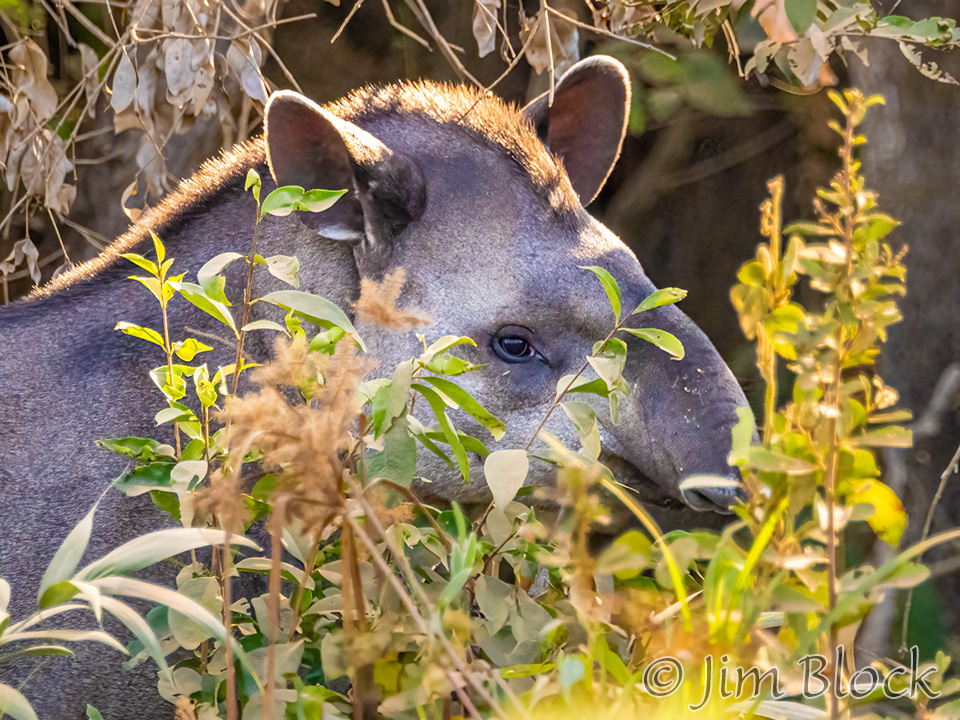
At the second bridge, we photographed a number of avian species. I also found a flower and a moth.
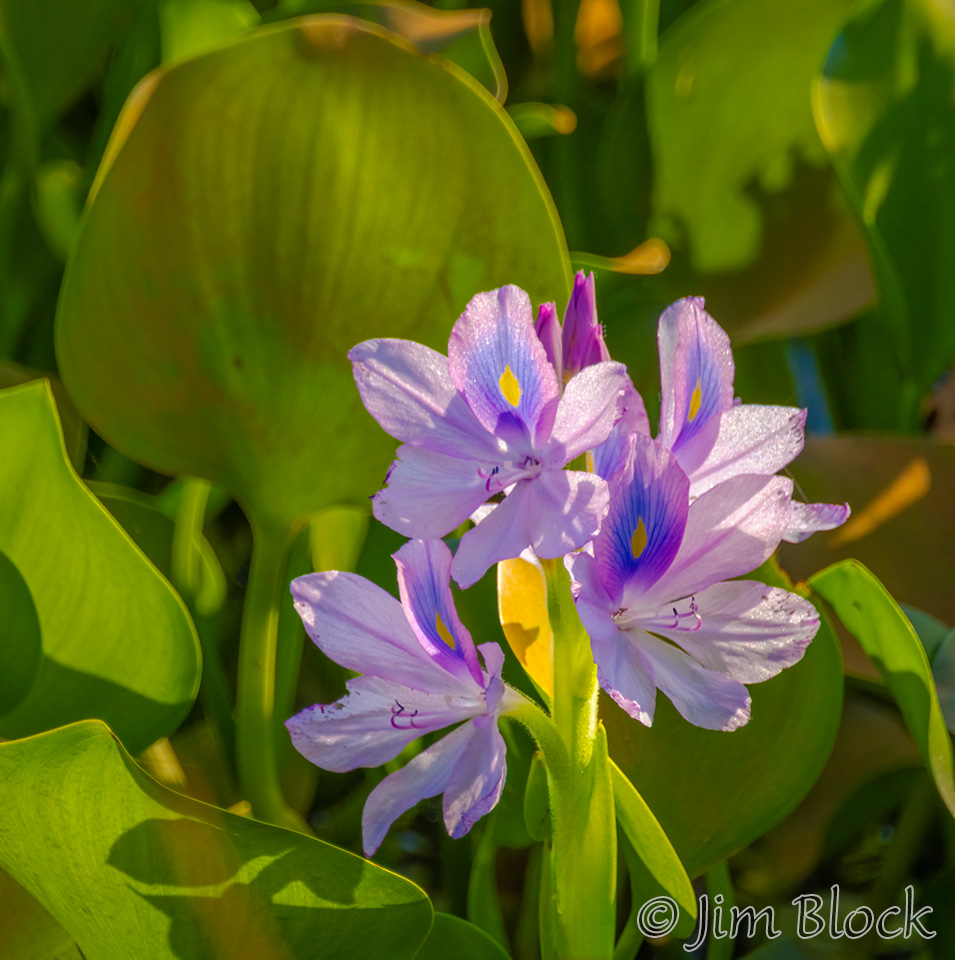
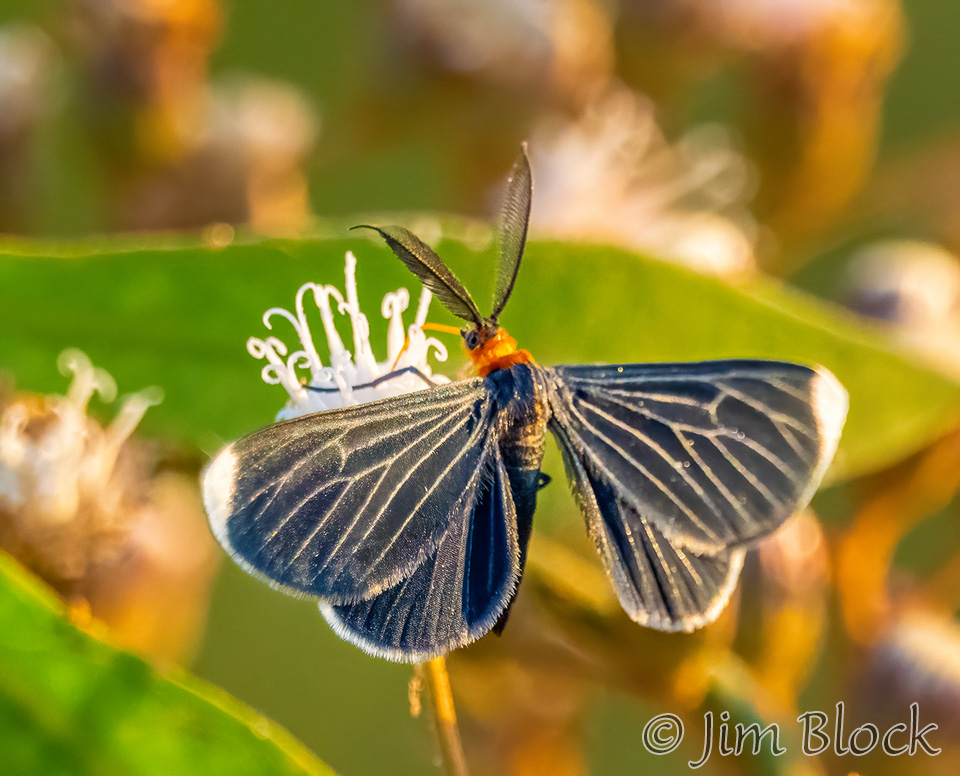
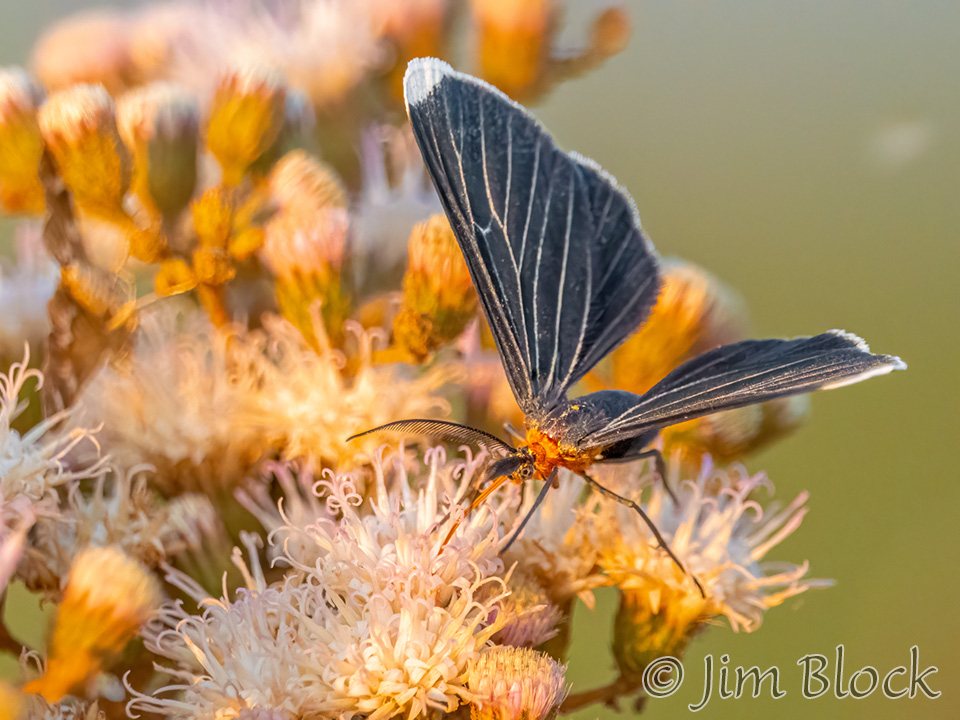
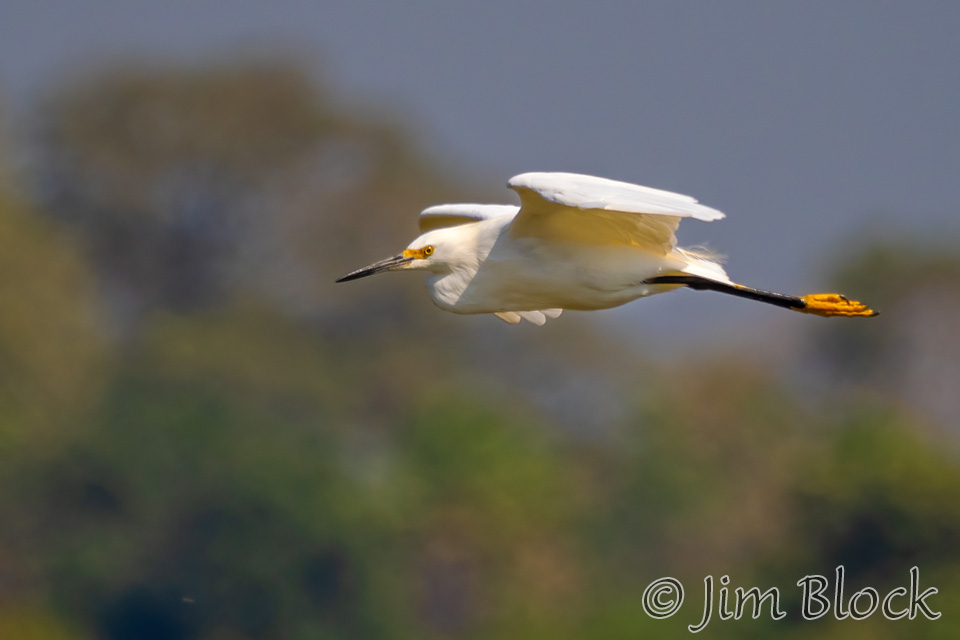
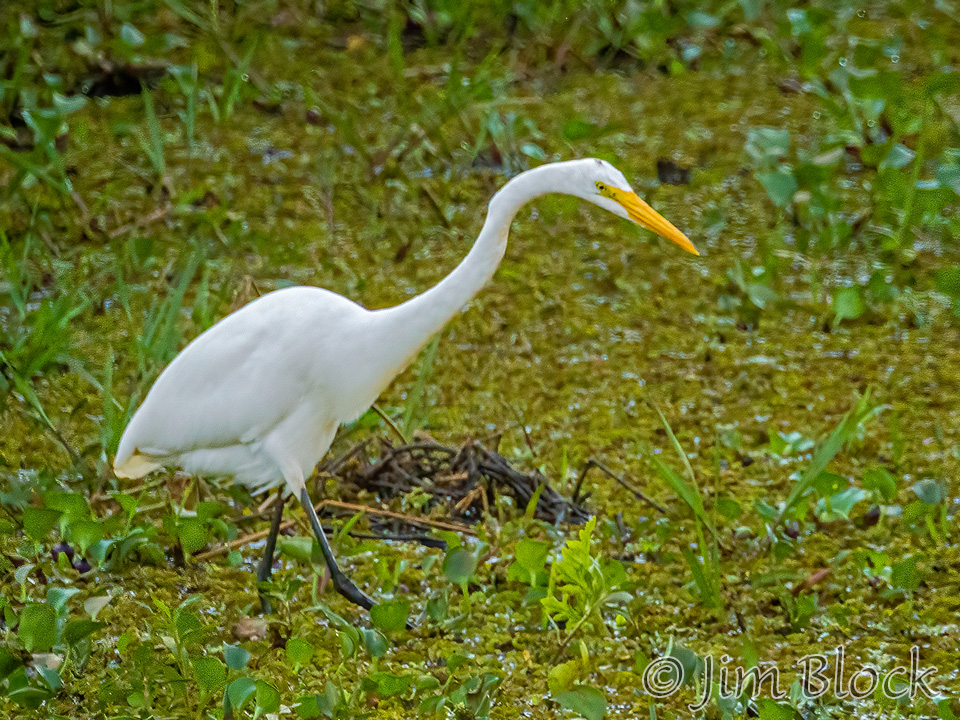
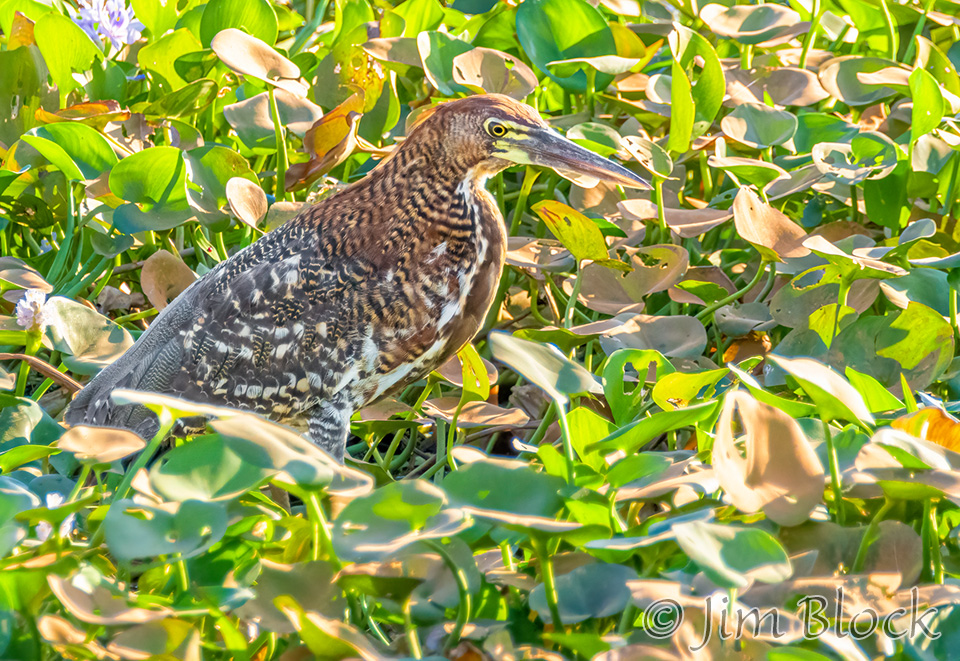
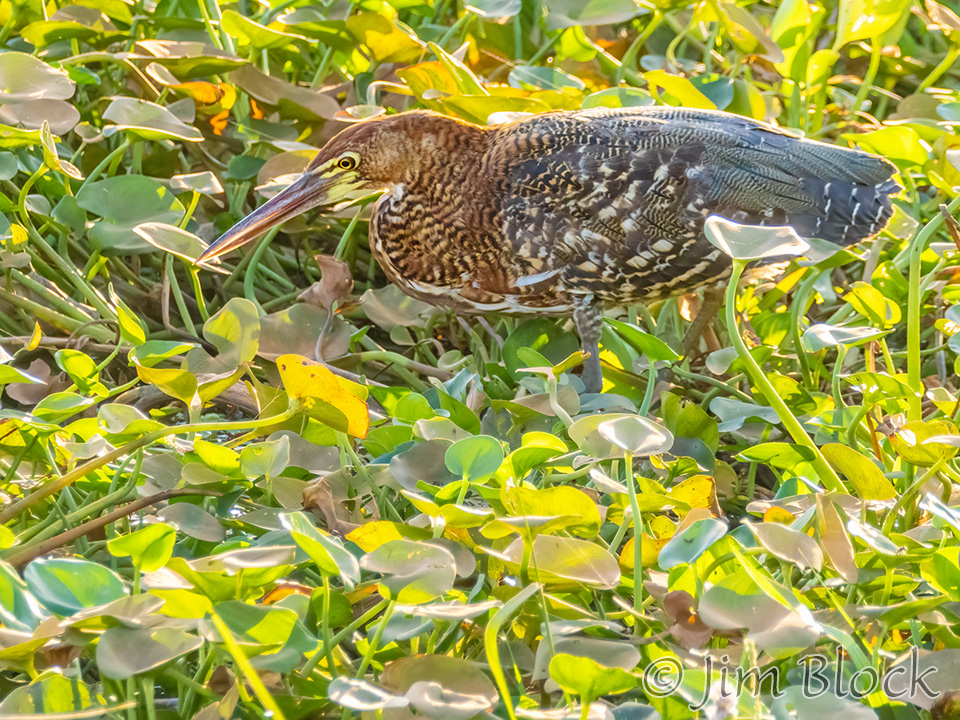
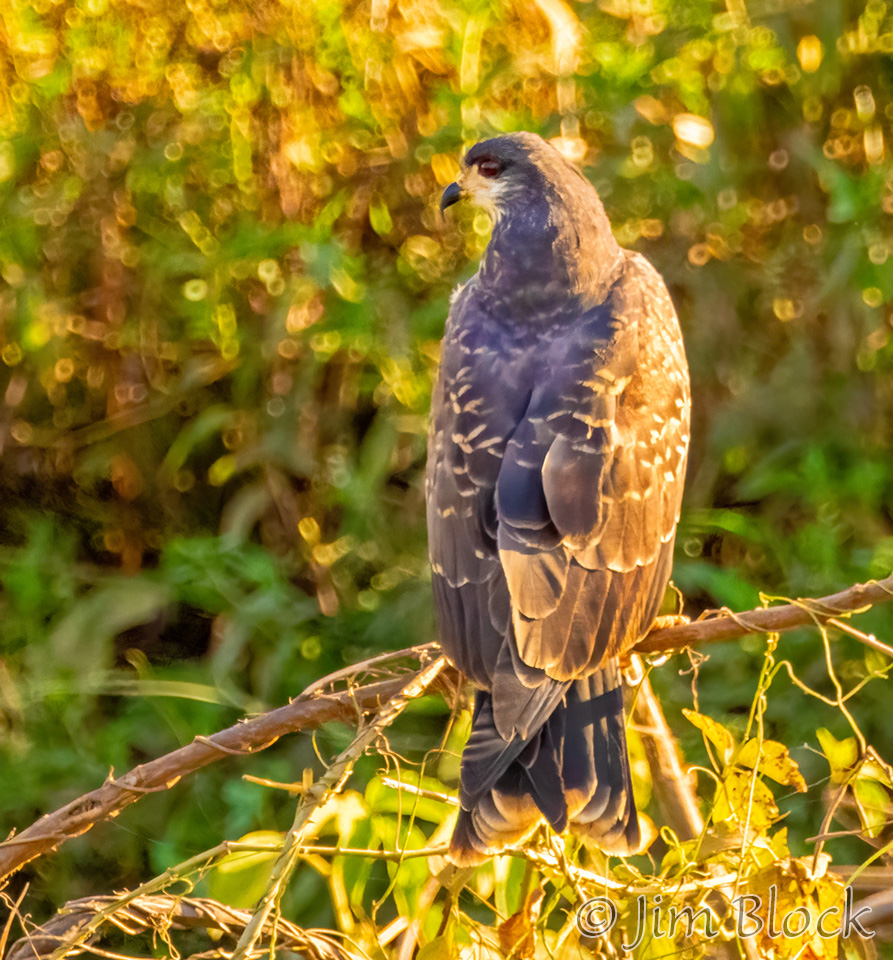
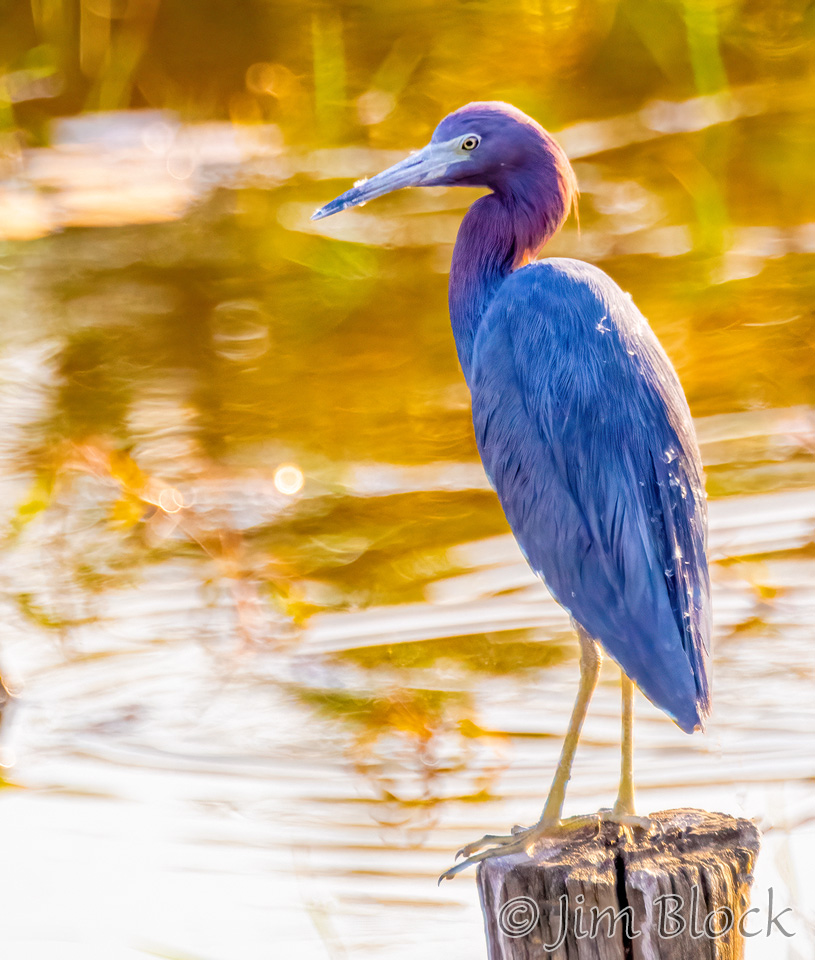
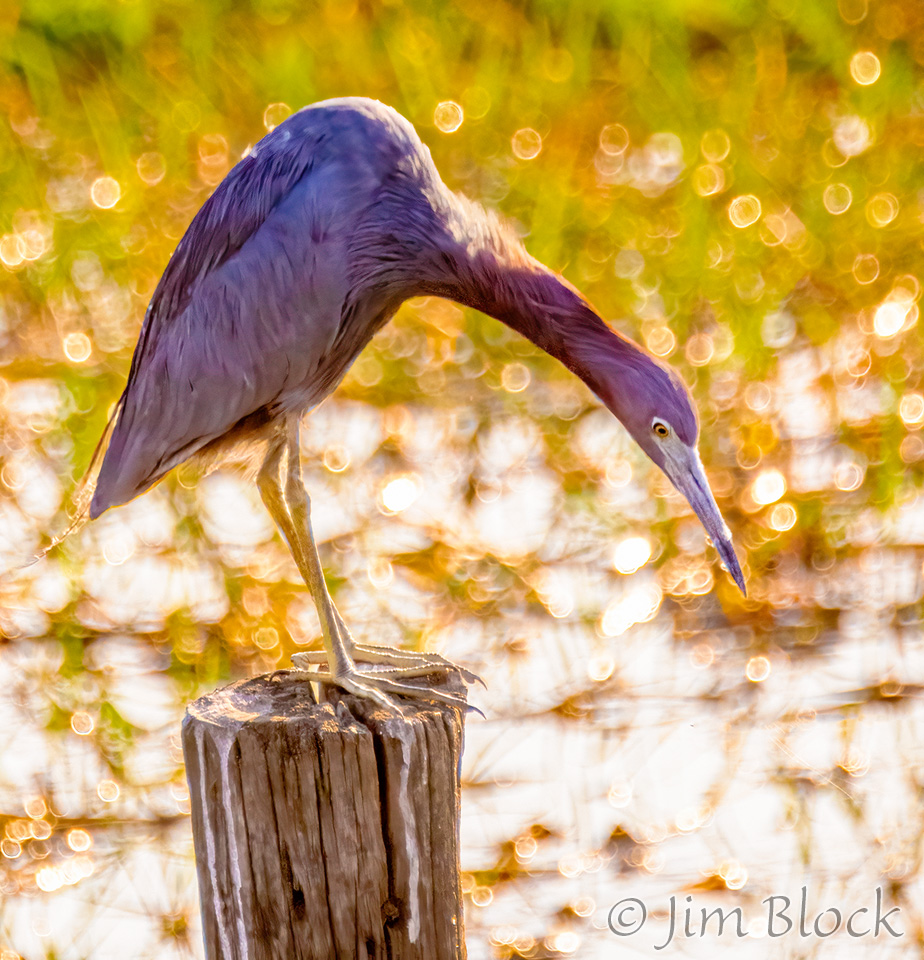
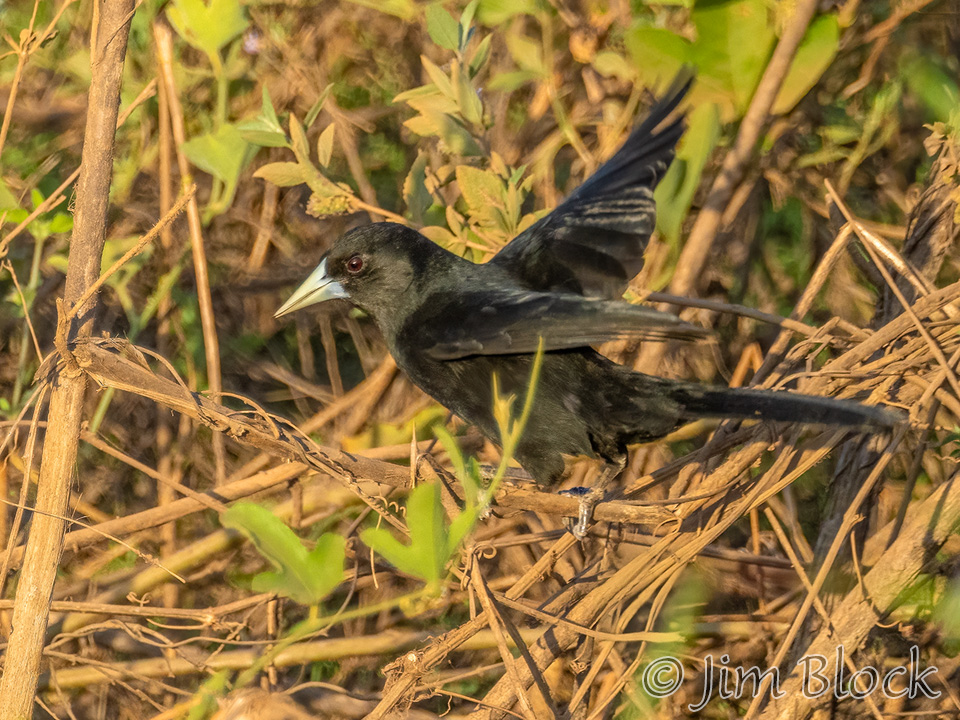
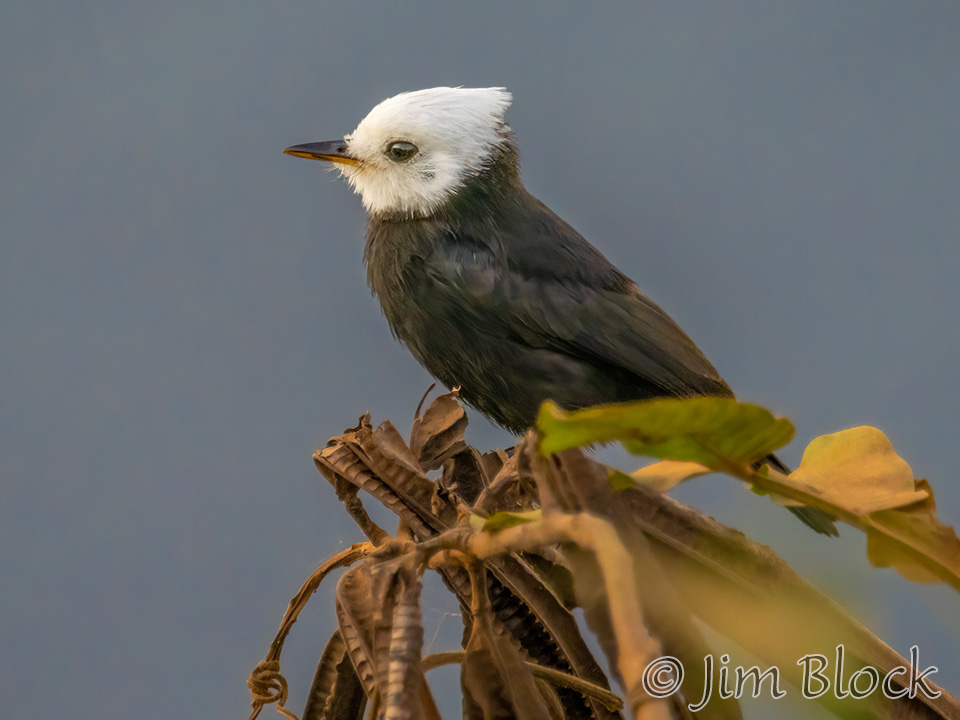
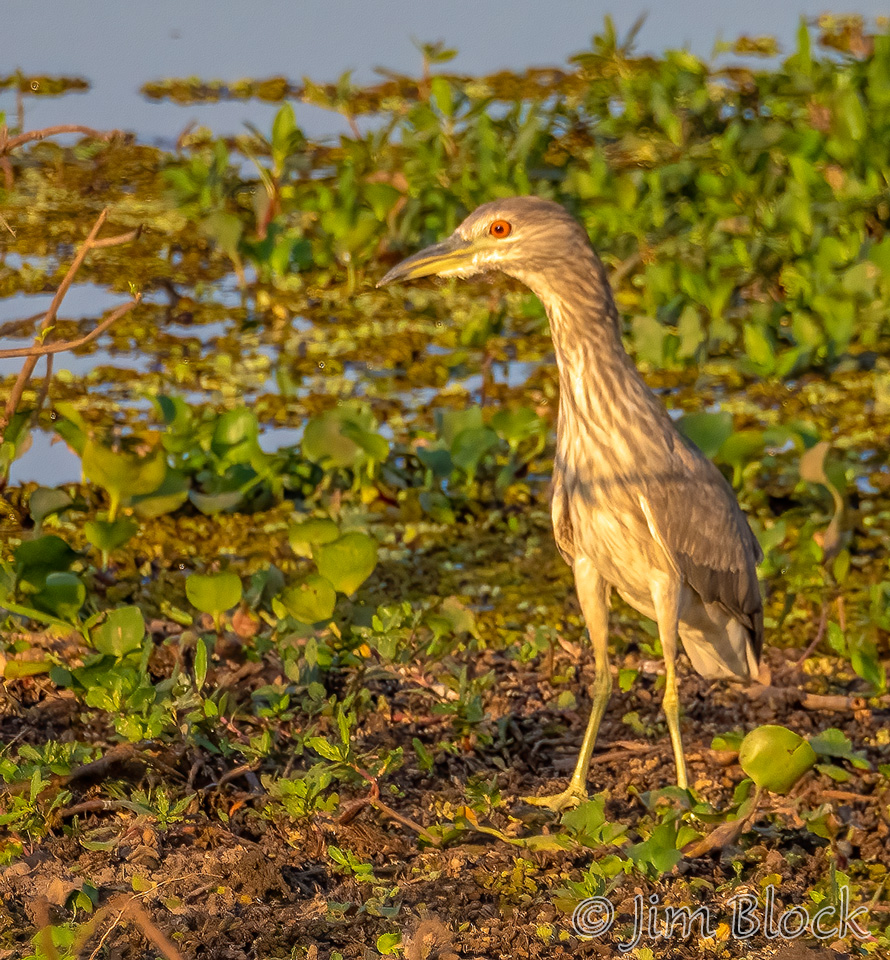
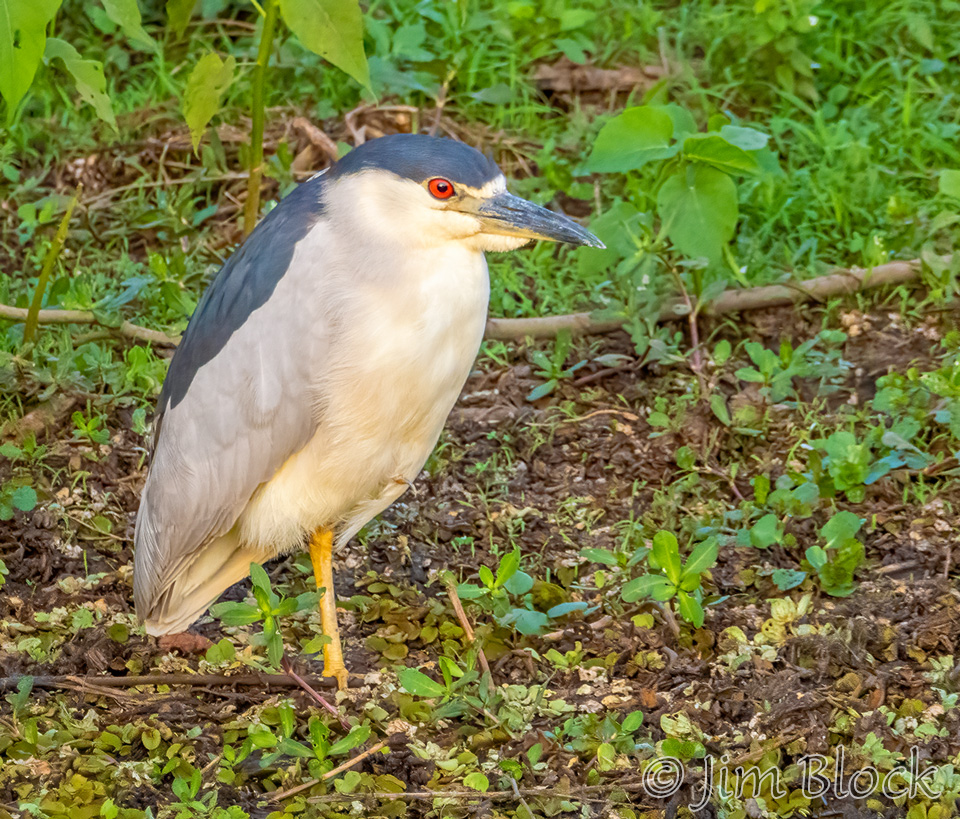
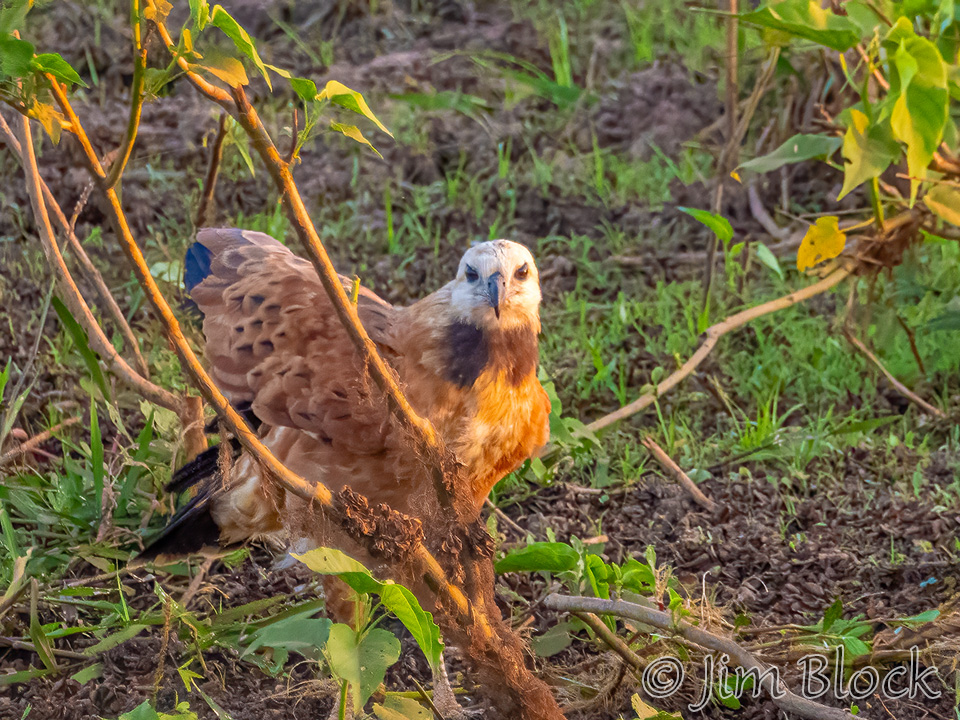
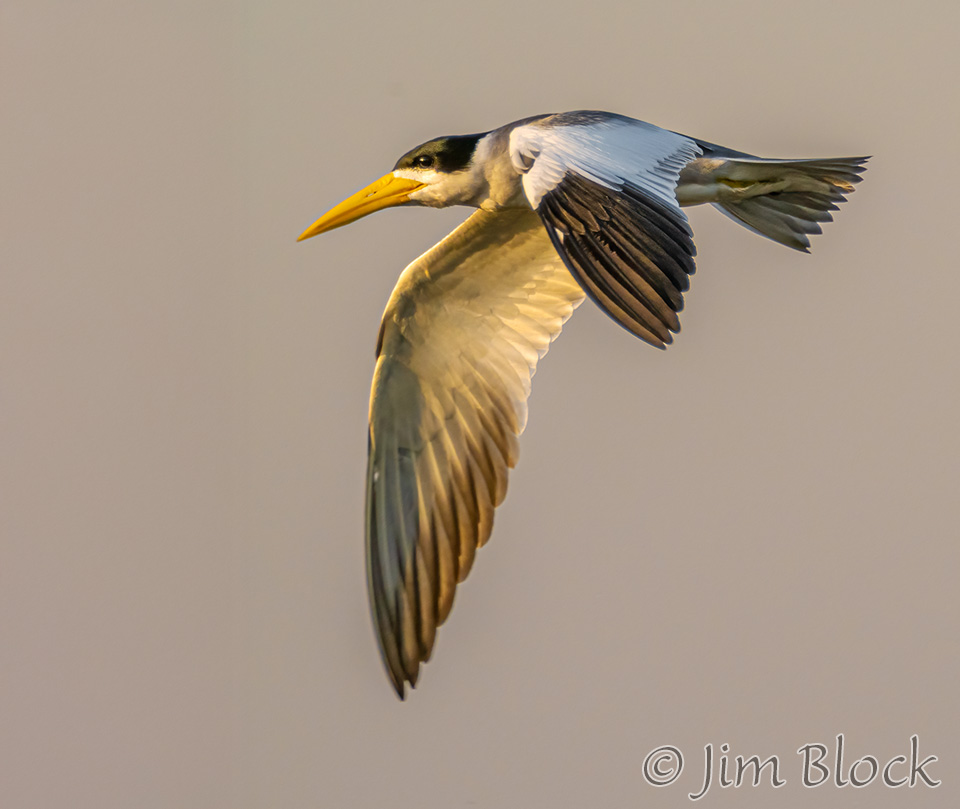
But the real attractions at this spot were the Black Skimmers. These birds have a lower bill that is much longer than the upper bill to act as a scoop as it skims the surface of the water.
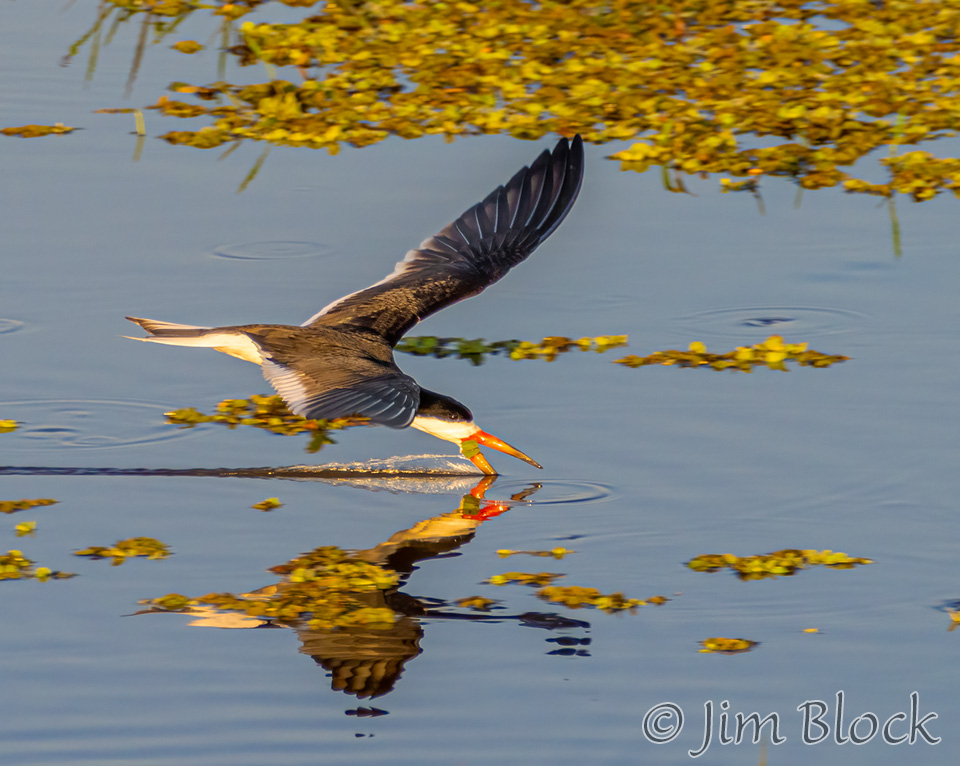
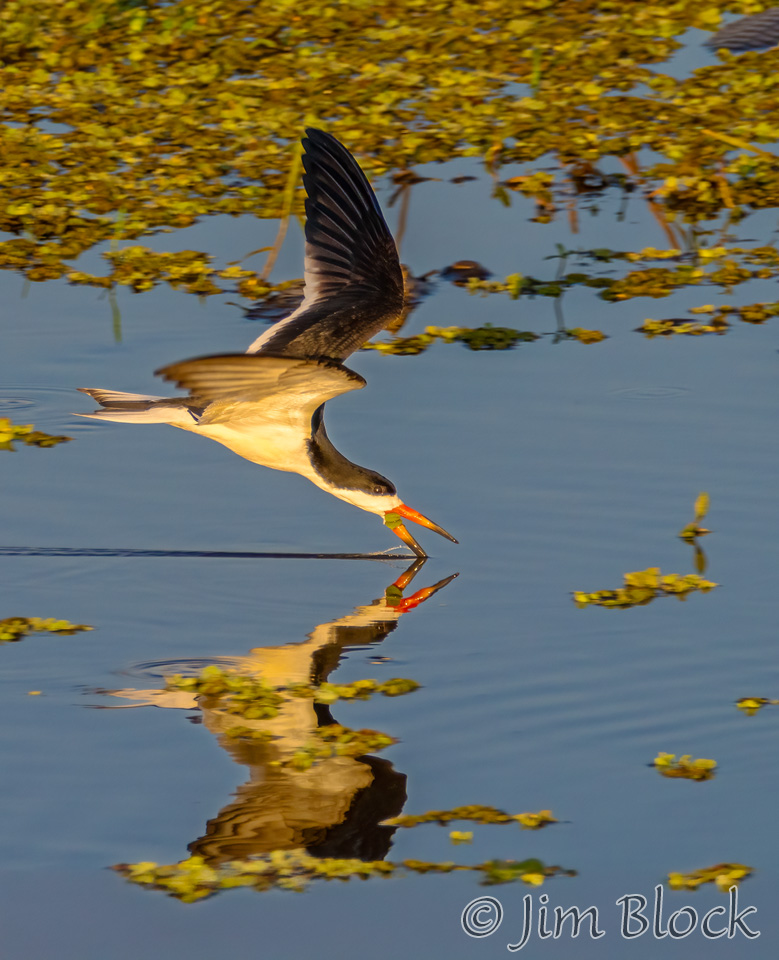
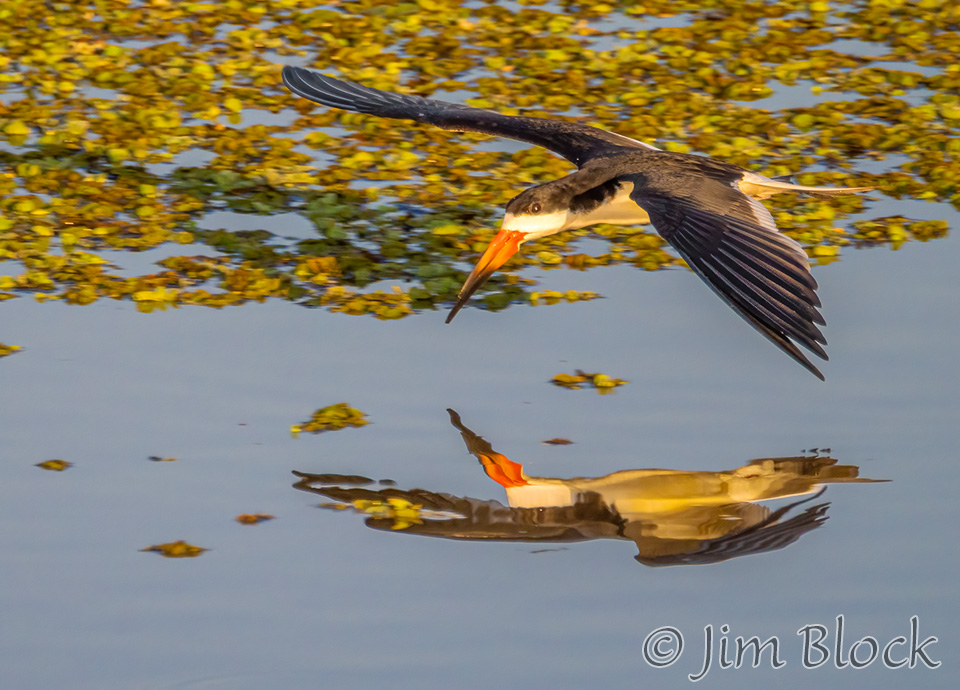
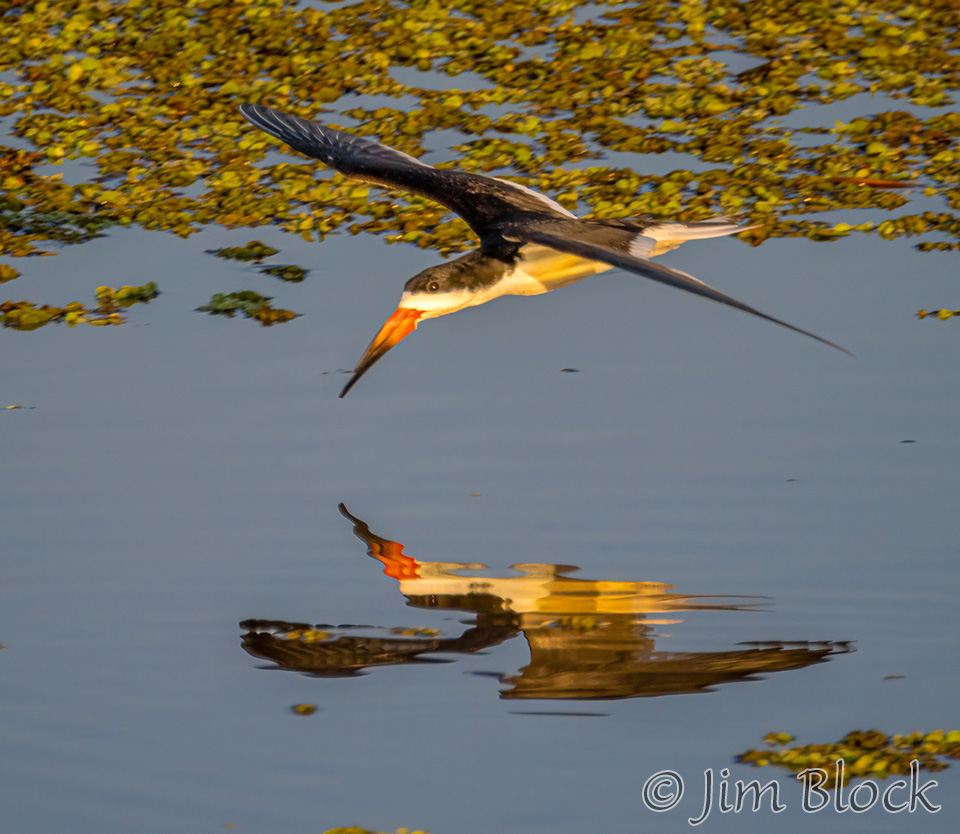
We photographed the sunset.
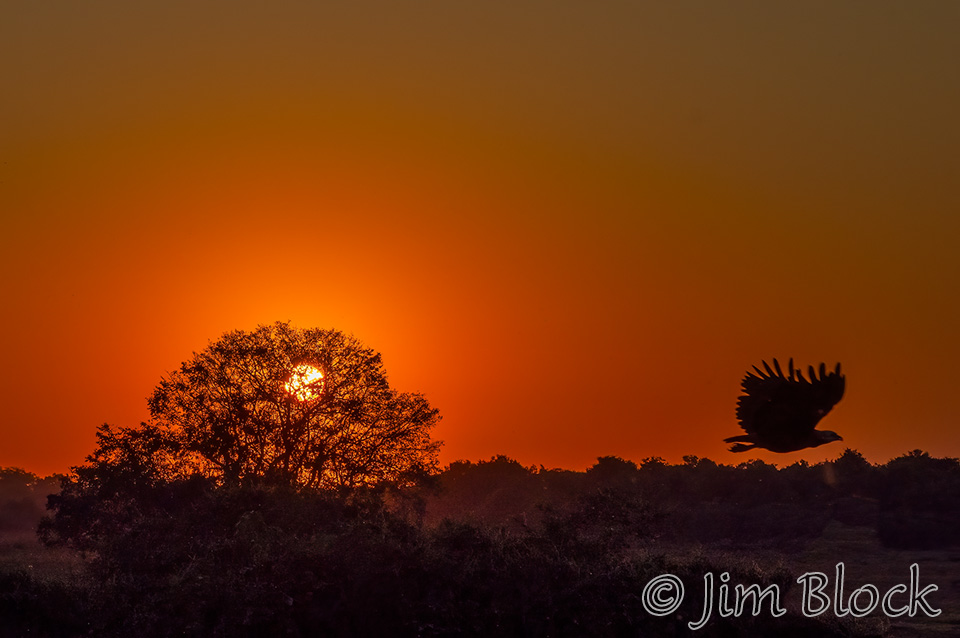
After sunset, I photographed a cute Black-backed Water-tyrant.
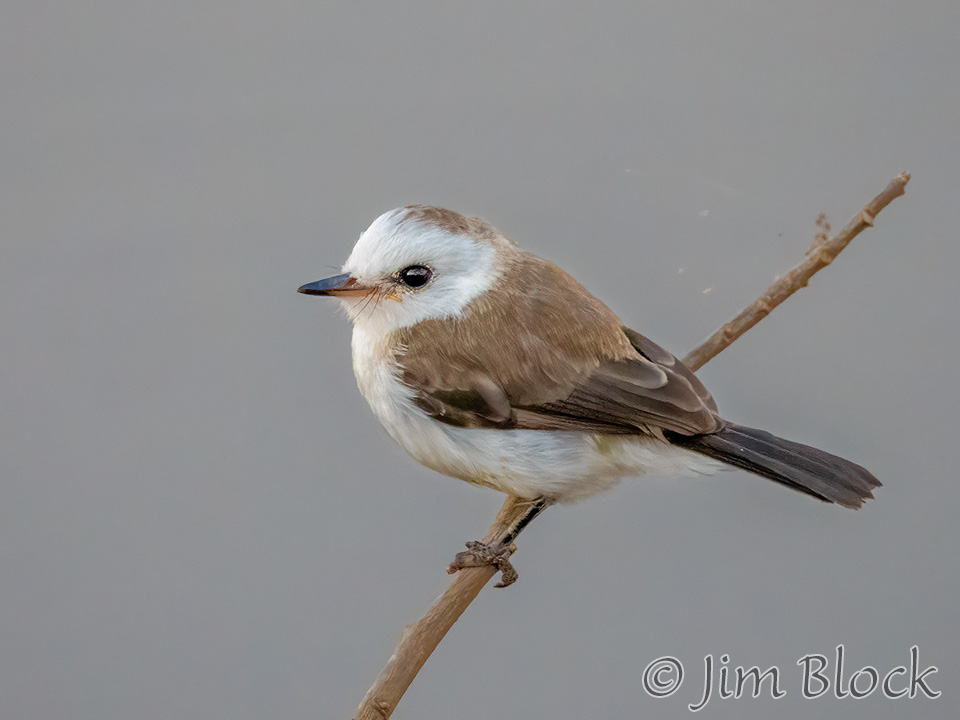
Well after sunset, I was photographing the Black Skimmers with fairly low shutter speed and high ISO.
